The best juicer – tried and tested for the freshest drinks
Your ultimate homemade hydration station for fresh celery juice, ginger shots, and more
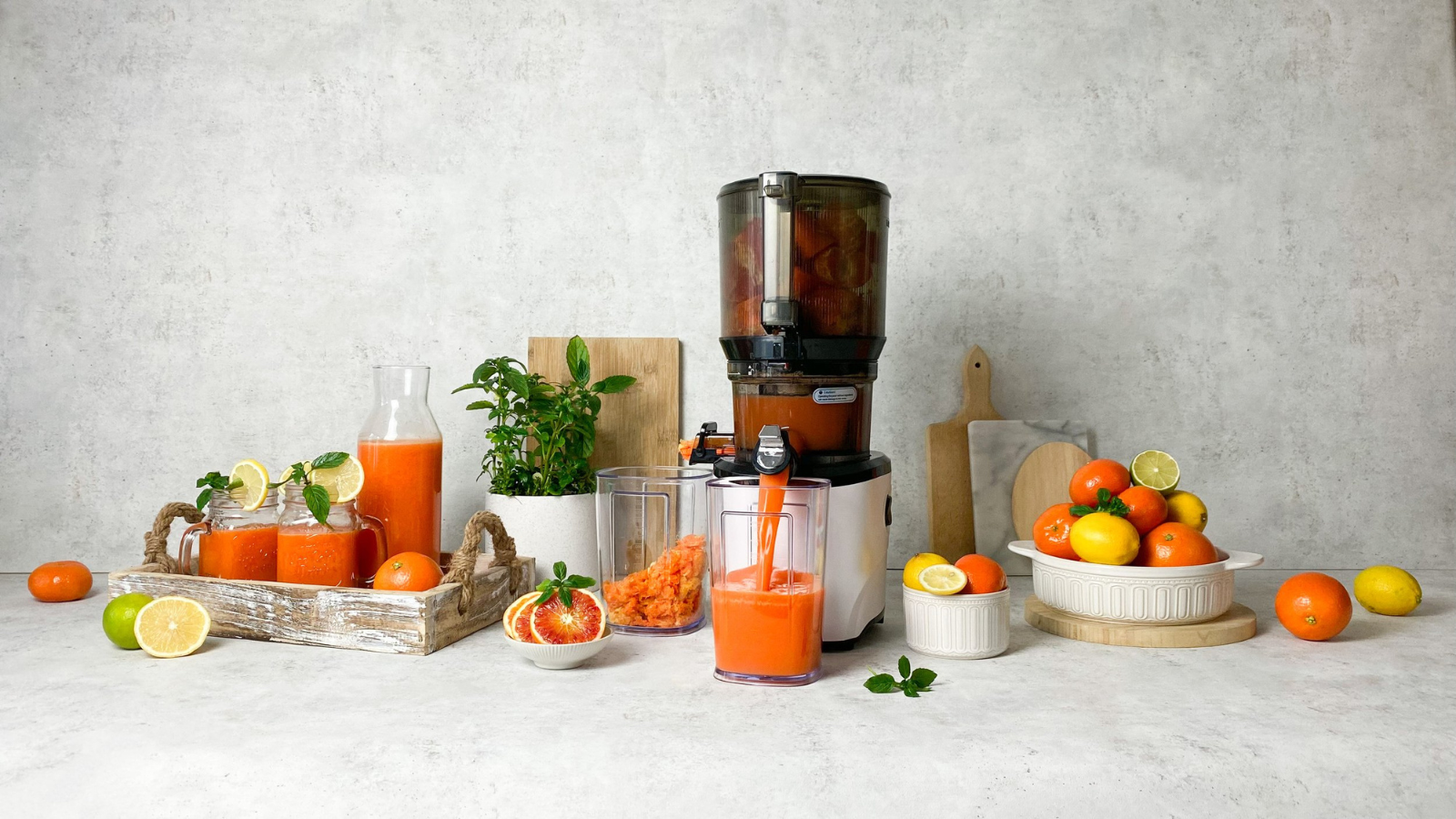

Last summer, I went on a yoga retreat in Greece. Every morning, the retreat chef prepared fresh ginger shots to energize us before sessions. This daily ritual was so refreshing and invigorating, it made me want to bring a slice of that healthy lifestyle into my own home.
I'm actually a kitchen appliance expert and trained cook myself, but even I found the juicer market confusing at first. There are so many styles and brands available. The two main methods to know are the best centrifugal juicers, which are fast and budget-friendly, and the best cold press juicers, which work slower but yield a more nutrient-rich juice.
Luckily, I've got an expert team of product testers who have trialed over 20 of the best juicers to find the most reliable options. Across the board, we've been looking for designs that are easy to use, require minimal prep work, and make cleanup a breeze.
Our favorite juicer overall is the Kuvings Auto10. Not only does it make incredible juice, but it can also whip up sorbet, nut milks, smoothie bowls, and more. You could pretty much run your own detox retreat with this one! But if you’re looking for something smaller, or more budget-friendly, you’ll find more top picks below.
The Quick List
Here’s your shortcut to fresh, homemade goodness – our quick list of the best juicers. You'll find more in-depth details further down the page.
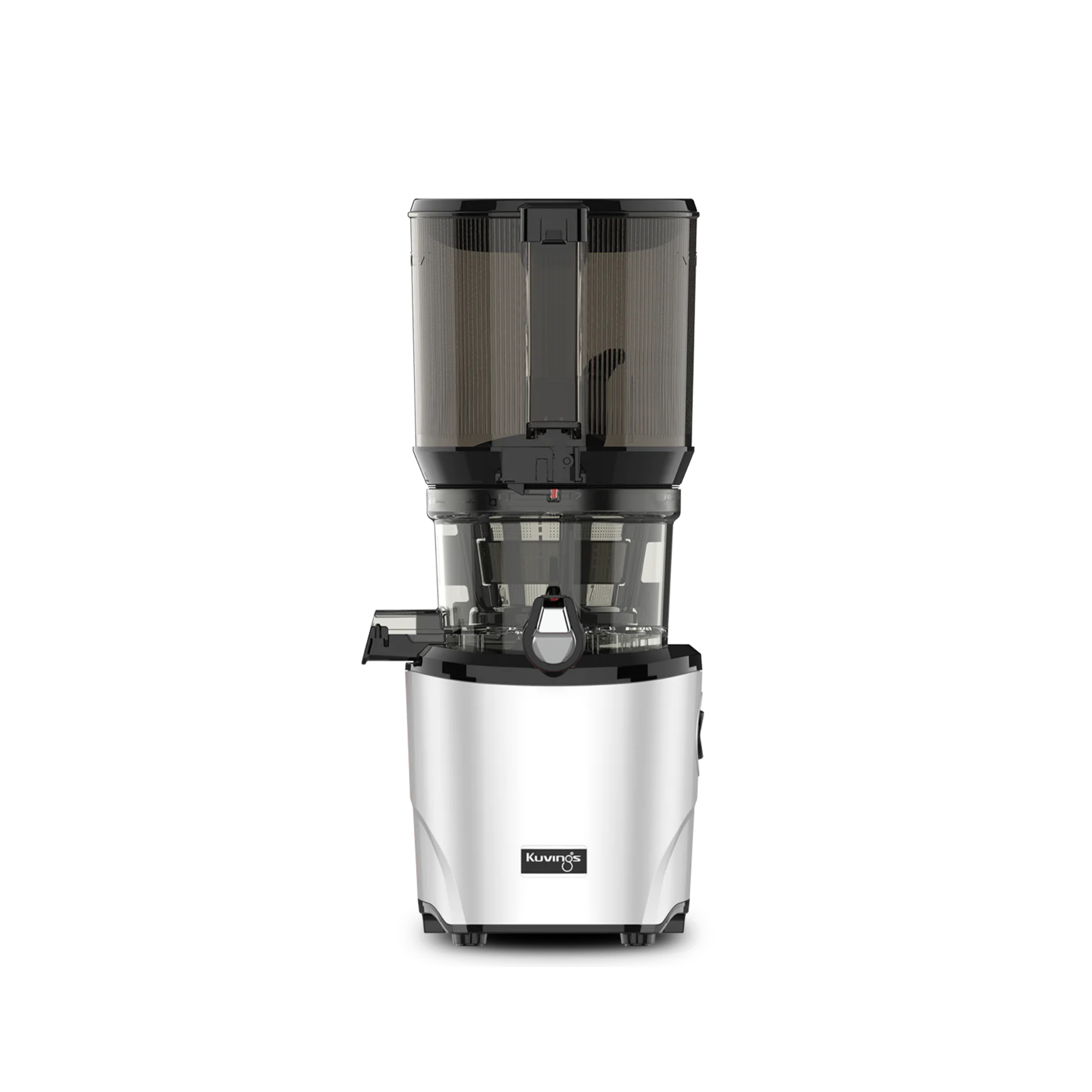
Effortless to use and oh-so premium, this is the best juicer out there. The Kuvings extracts every drop of goodness from the toughest ingredients – no chopping or dicing required.
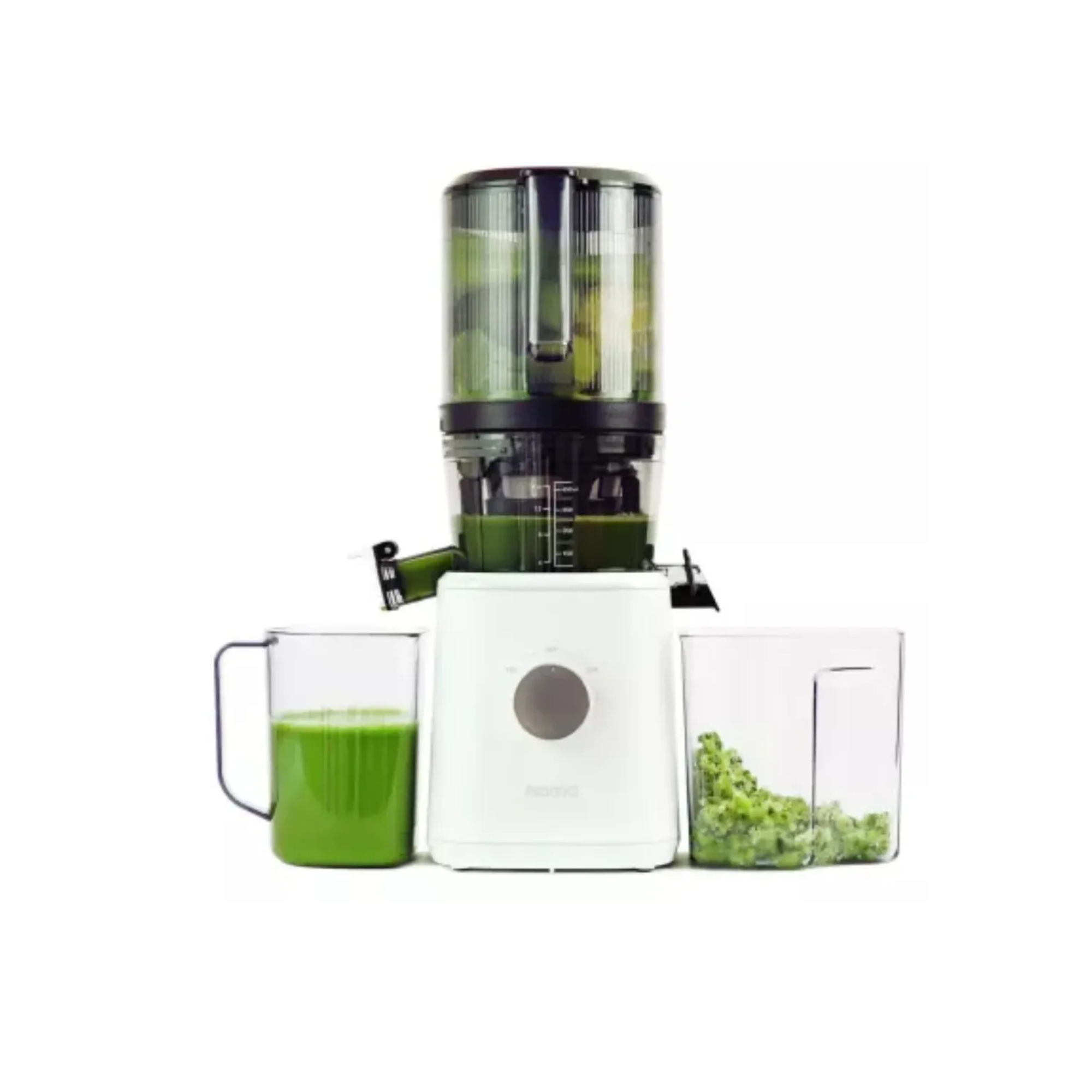
For an Instagram-worthy juice station, the Nama J2 is your best bet. It's minimalist, sleek, and 'hands-free' like the Kuvings at the top of our list.
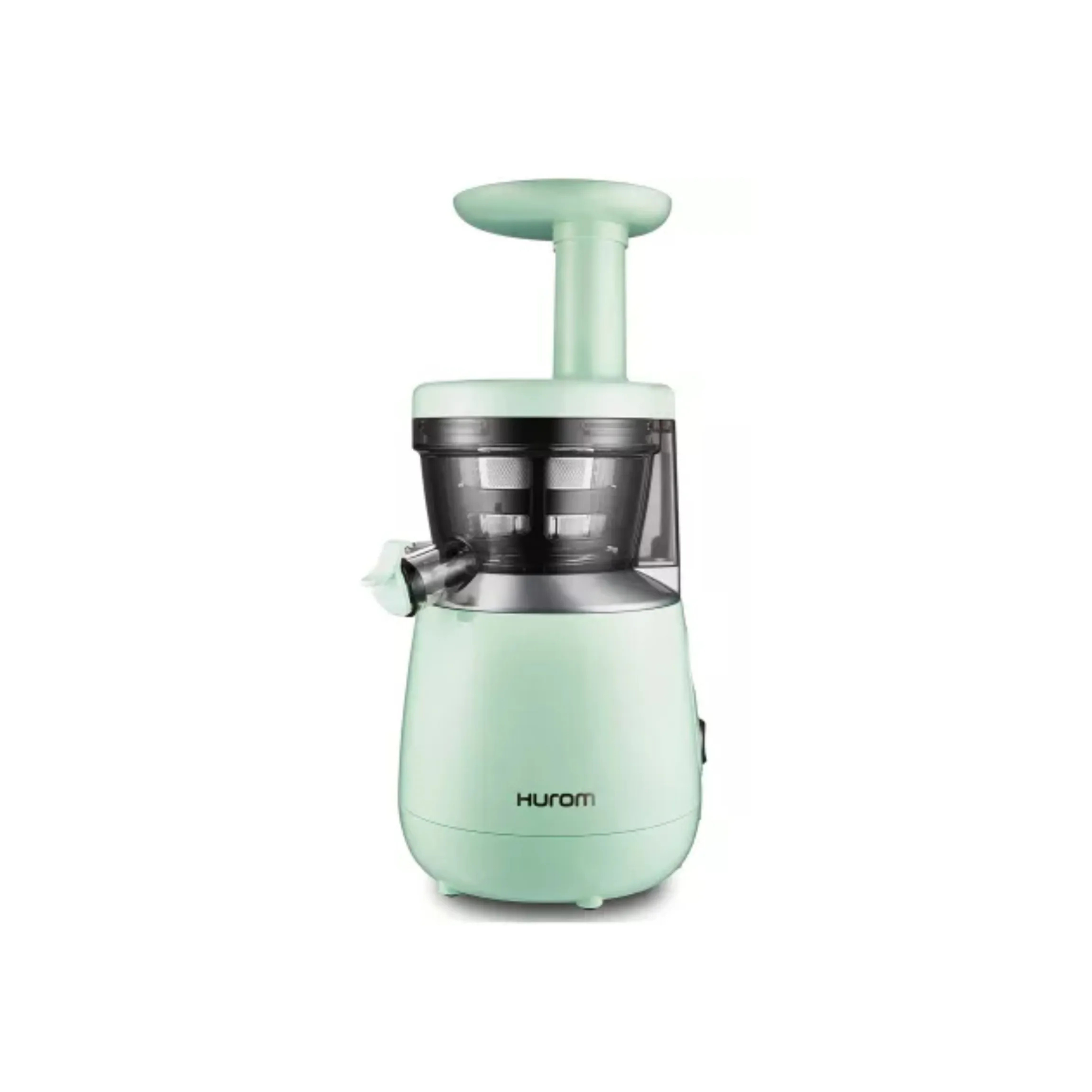
This compact juicer is a great fit for petite kitchens. It's ideal for city dwellers, and makes great juice shots without tons of noise.
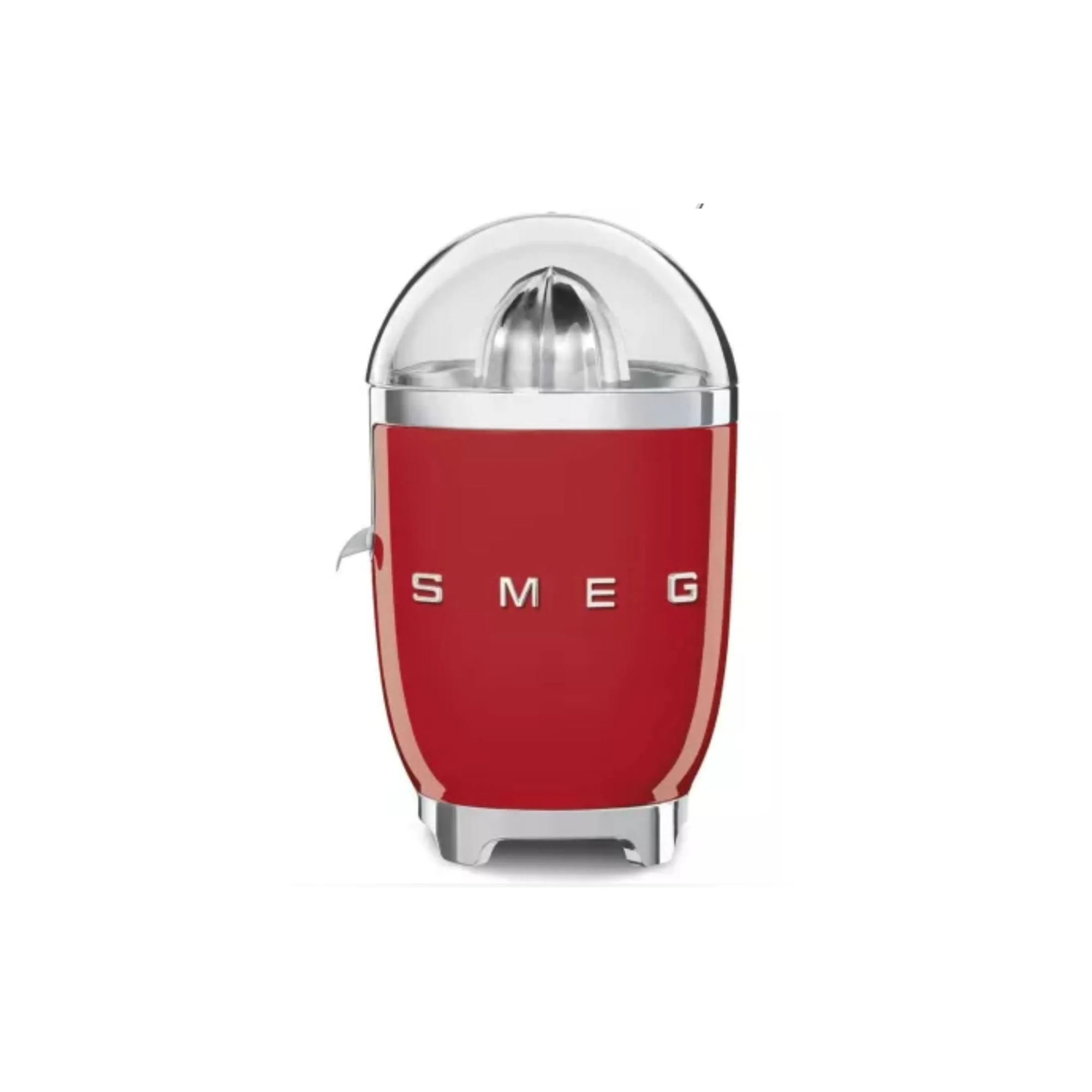
We're in love with this simple citrus juicer. It's effortless from start to finish, and comes in a range of shades to complement your kitchen color palette. However, it only juices citrus, which can be limiting.
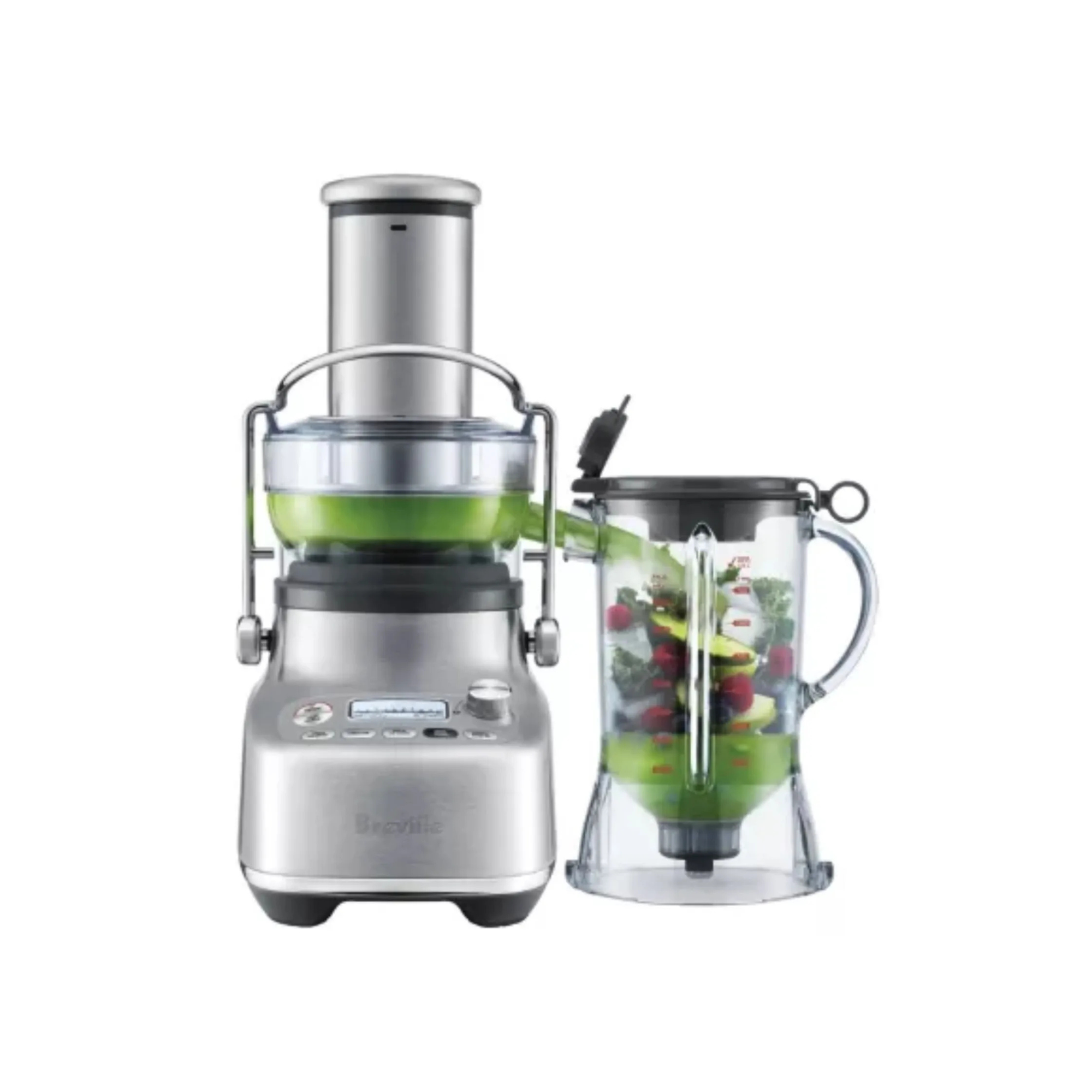
This powerful machine has a juice chute and blender pitcher, saving you from buying two appliances. It can crush ice, too. Just make sure you have plenty of space in your cupboards.
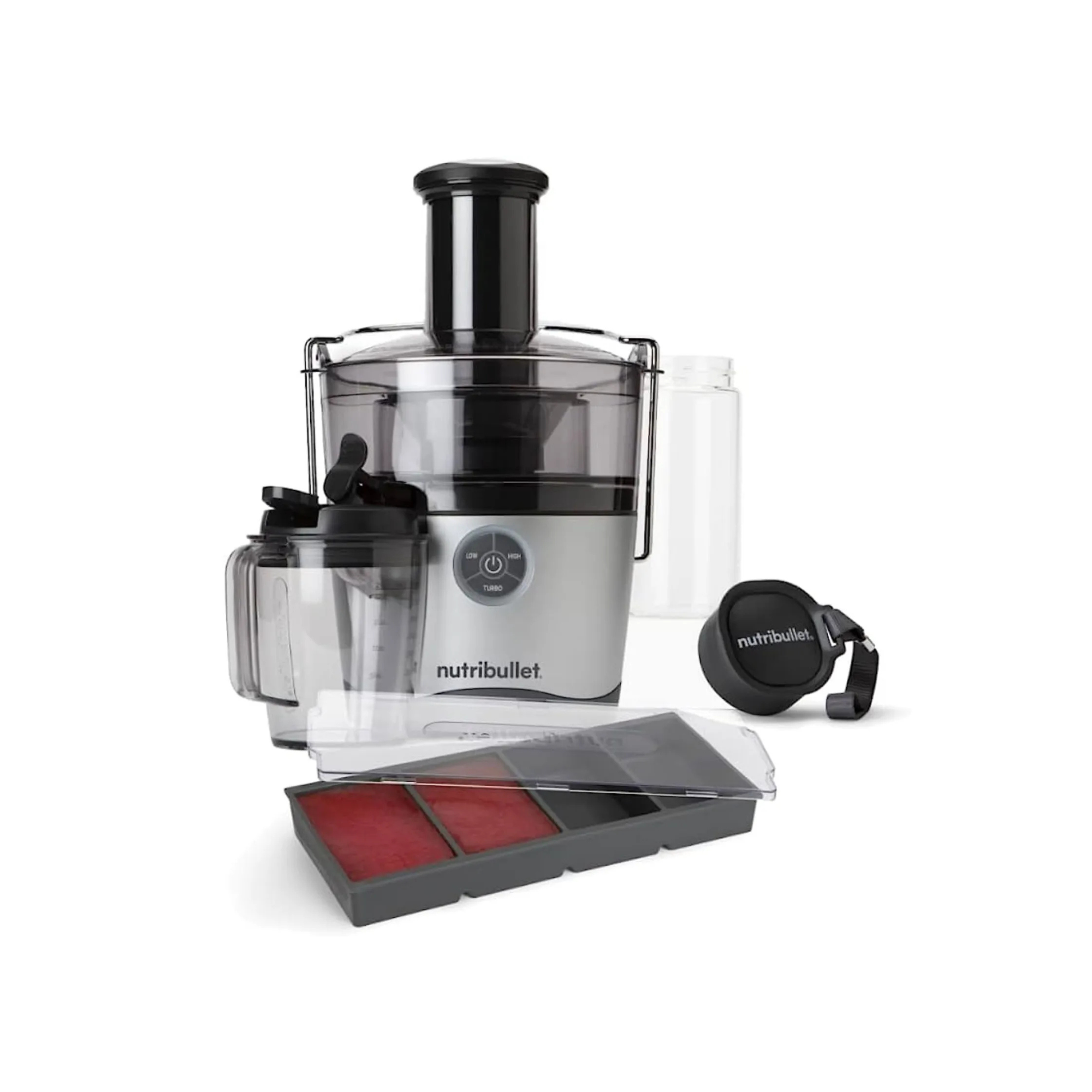
Powered by a 1000W motor and fast-spinning blades, this cheap centrifugal juicer can take on all types of produce. It's quick, but it does get a bit noisy.
The best juicers 2025
Best juicer overall

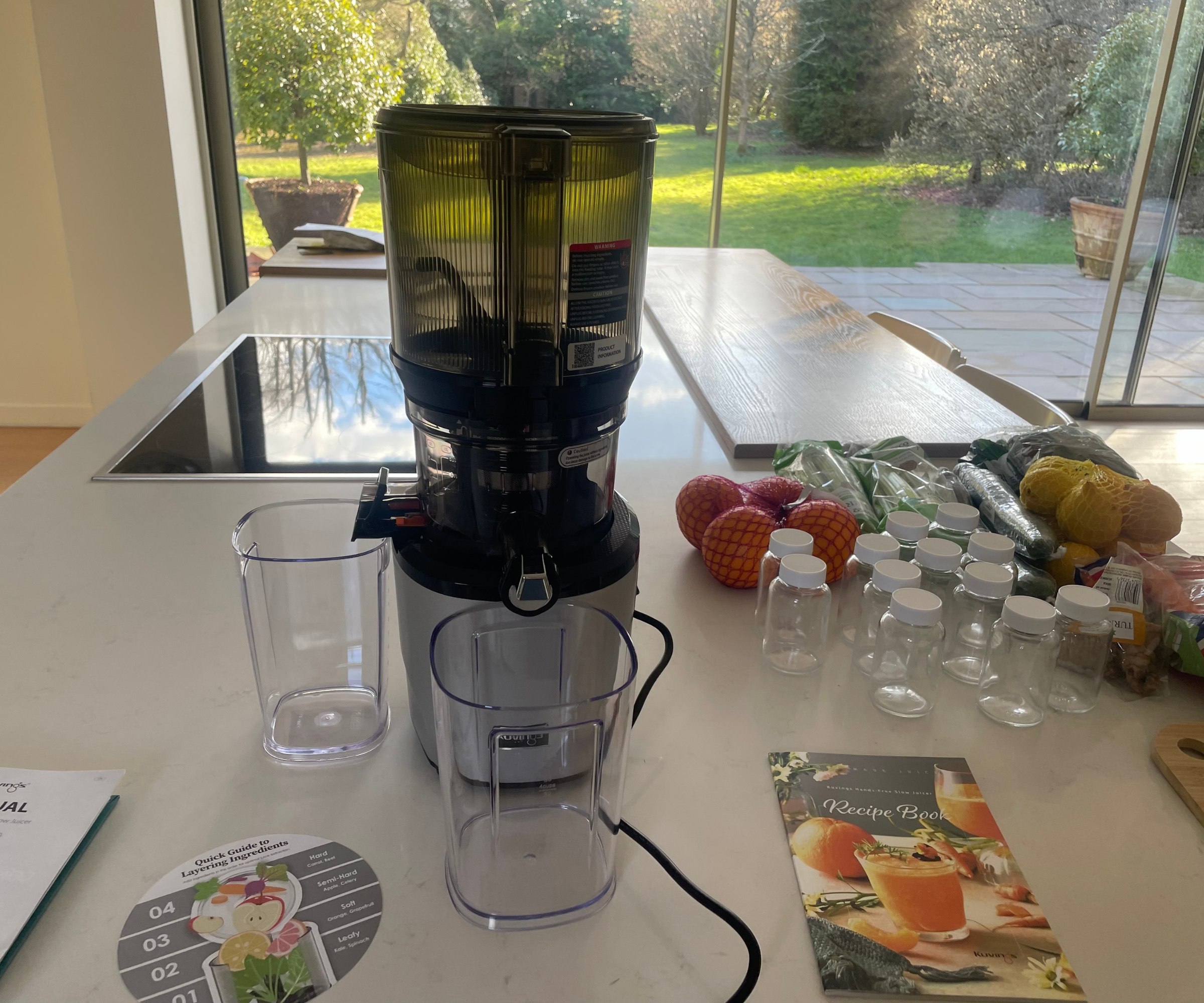
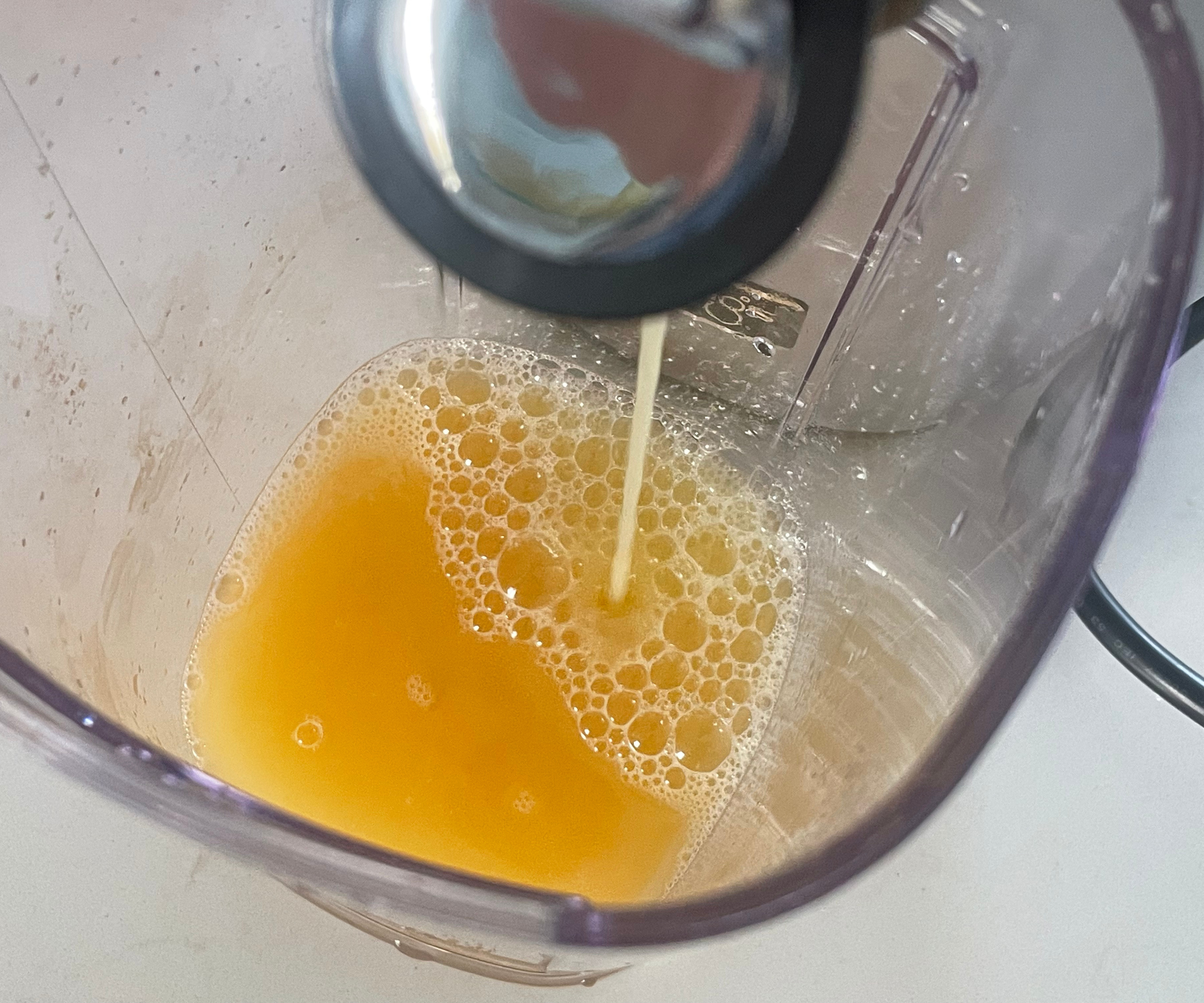
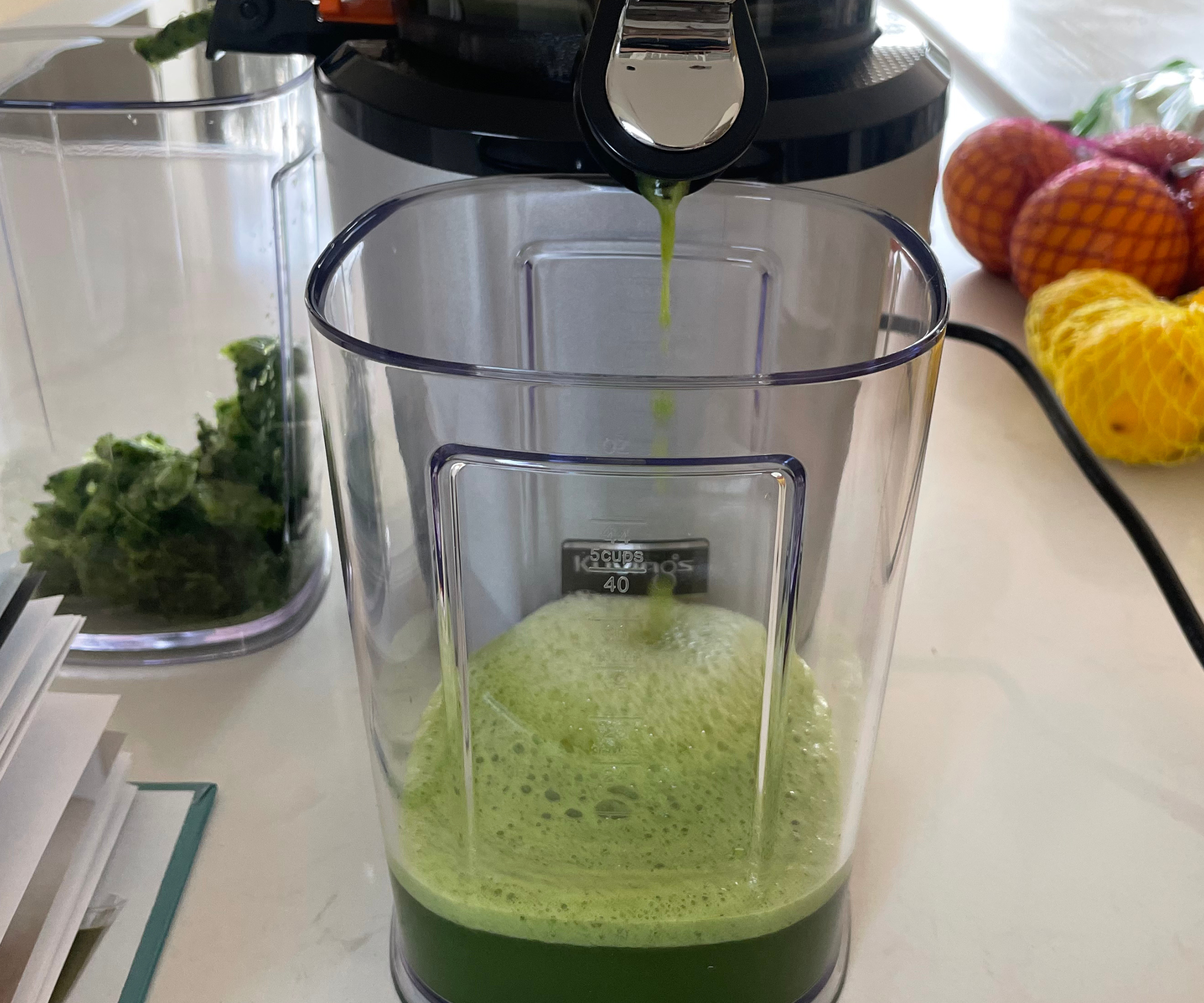
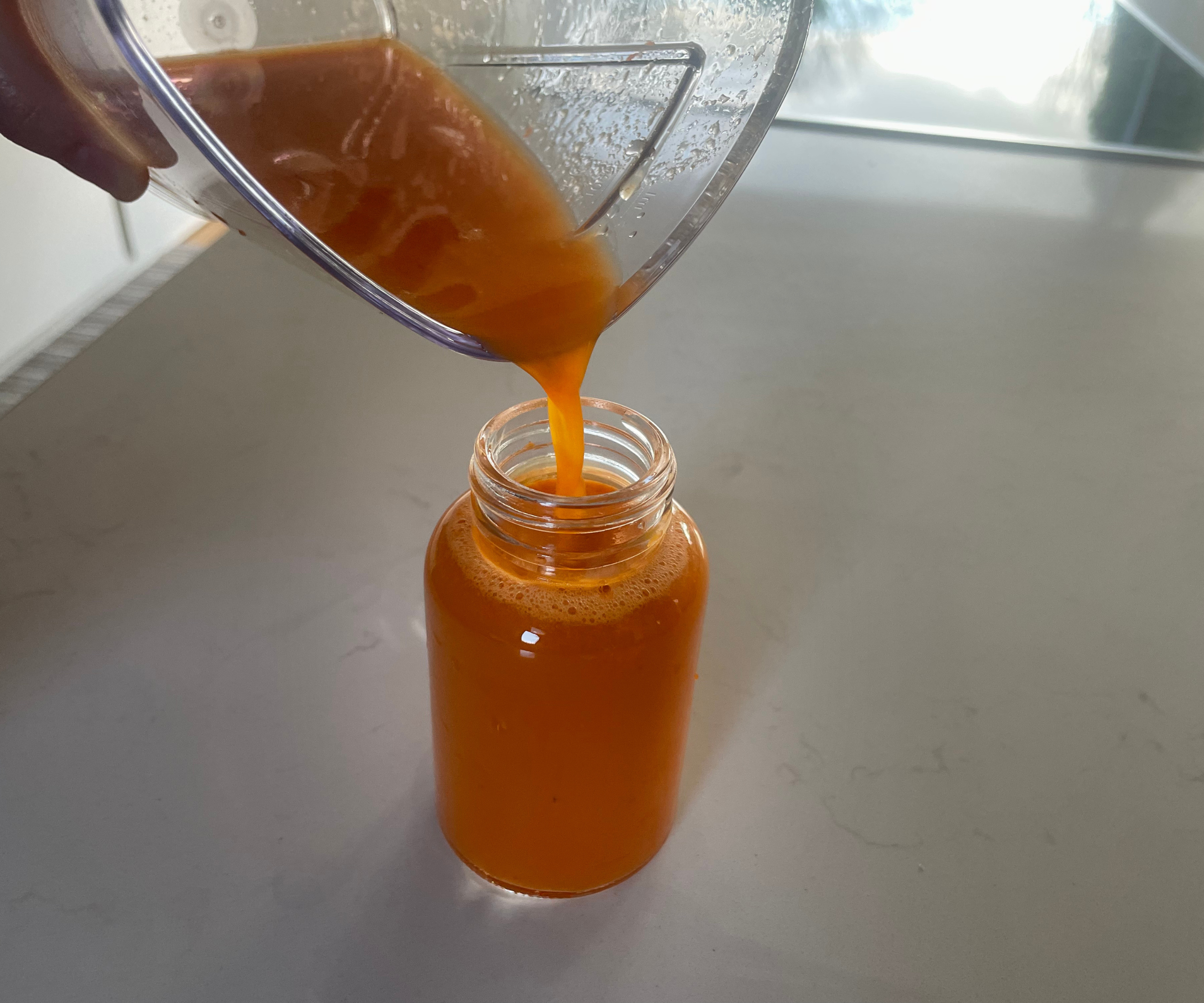
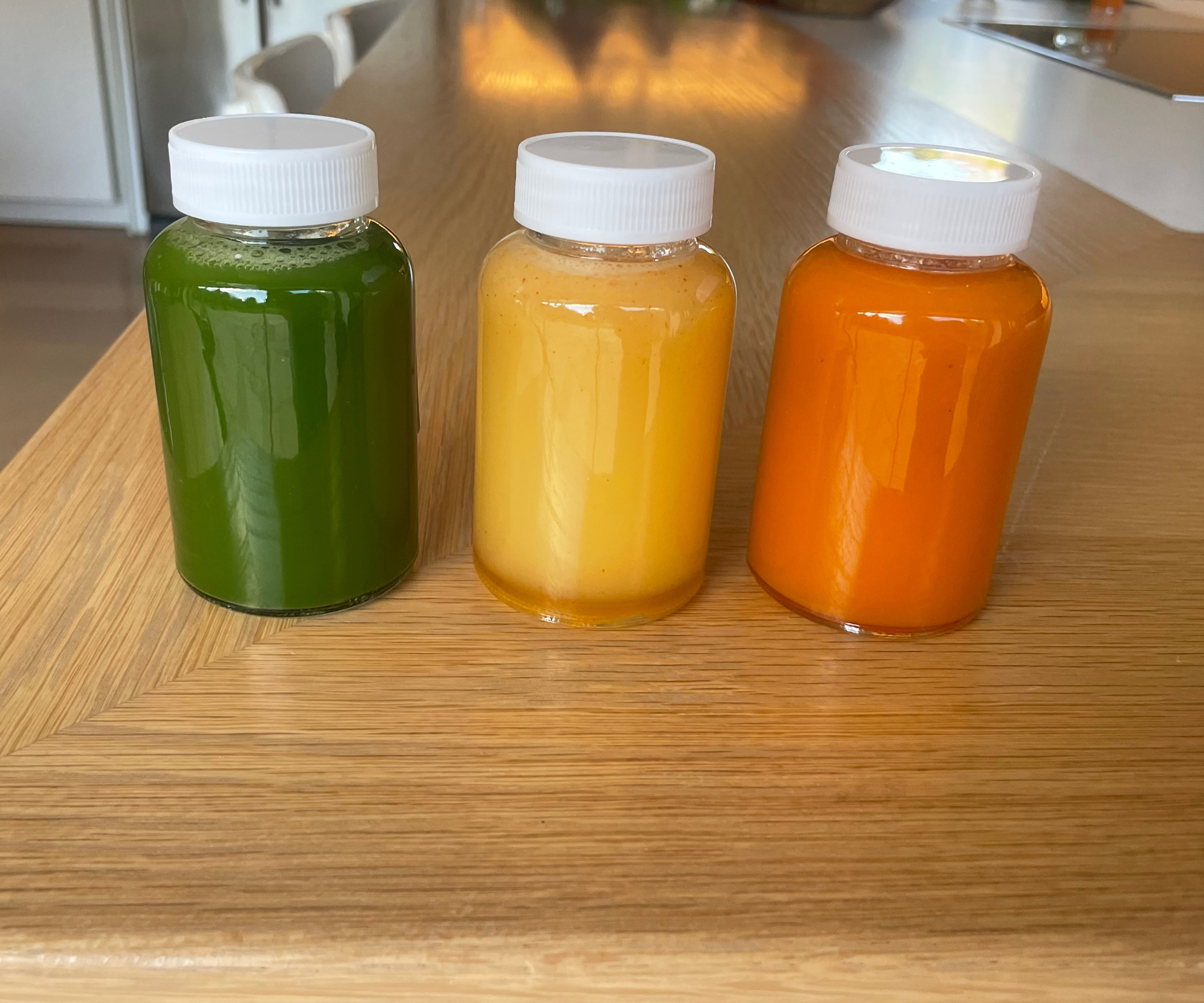

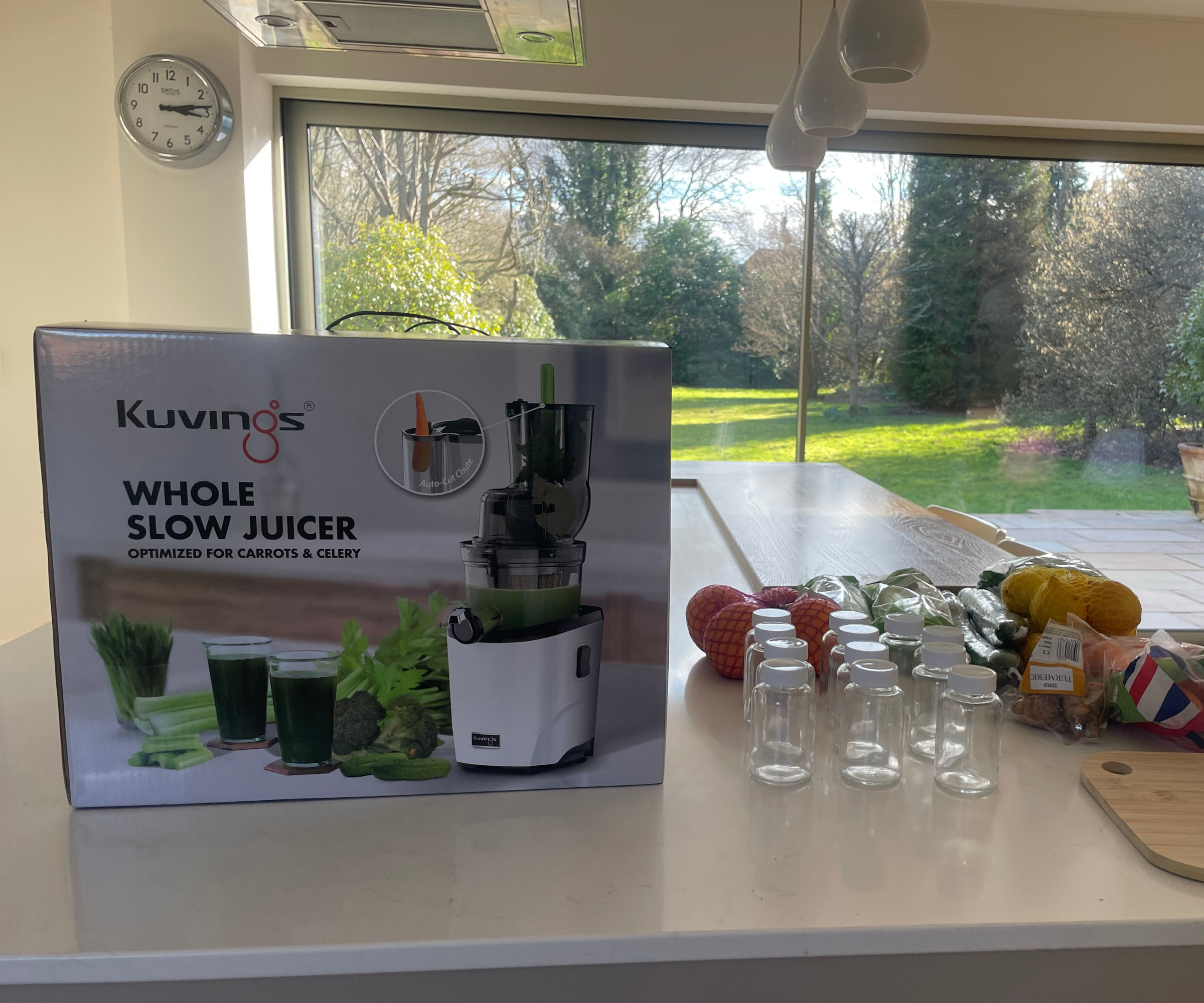
Specifications
Reasons to buy
Reasons to avoid
We don't often talk in superlatives, but the Kuvings warrants all the -est words. It's the fastest, largest, finest, easiest juicer on the market. It's produced the smoothest results across ginger shots, green juices and carrot juice, and it can even make smoothie bowls, and sorbets. Impressed? You should be.
Even though this is a pretty expensive model (which normally means we tread with caution when recommending it to everyone), we think it's worth every dollar. We threw everything at this juicer: leafy greens, fibrous ginger and frozen fruits, and each and every time, the Kuvings poured a perfect drink from one spout and some dry pulp out the other (that's a sign that all the juice has been well-extracted).
The beauty of the Kuvings is also in its sheer simplicity. Lots of juicers have small feeding chutes that require a lot of chopping into chunks beforehand. However, with an extra-wide mouth and hands-free functions, you won't even need to touch a knife in the kitchen – or stand there feeding ingredients one by one. Plus, there's a flip gate that works to let fruit in and keep fingers out.
The only problem with the Kuvings (aside from the fact we wish it was a little cheaper) is its height. Standing 18 inches tall, this slow juicer might not fit beneath standard kitchen cabinets. You'll have to display it on a kitchen island or store it in parts. It also comes with lots of different parts that take a little more effort to clean, as none of them can just go in the dishwasher. It does come with some excellent cleaning utensils and accessories, which makes things much easier though.
You can read more in our Kuvings Auto10S Hands-Free Slow Juicer review.
Best design
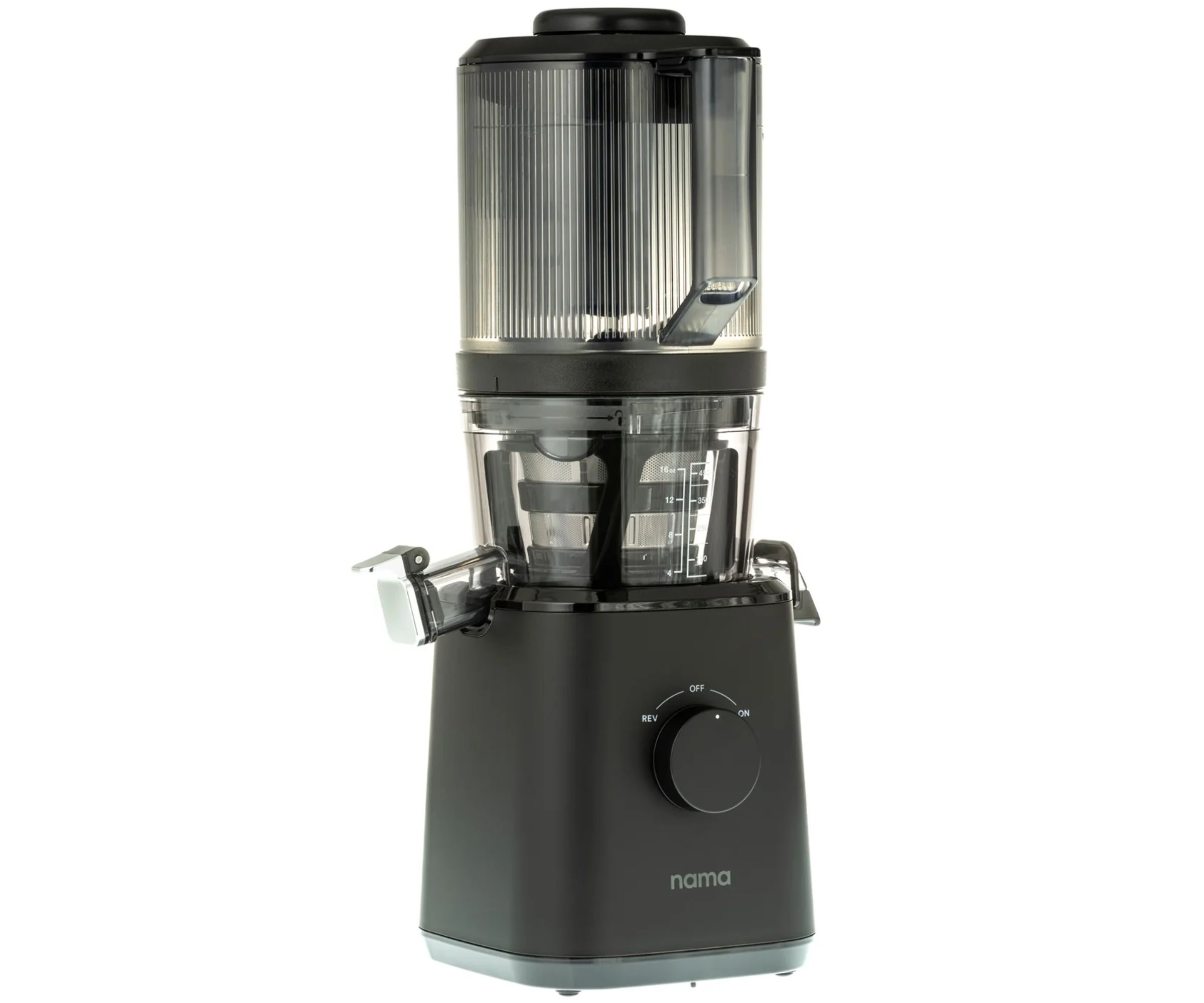
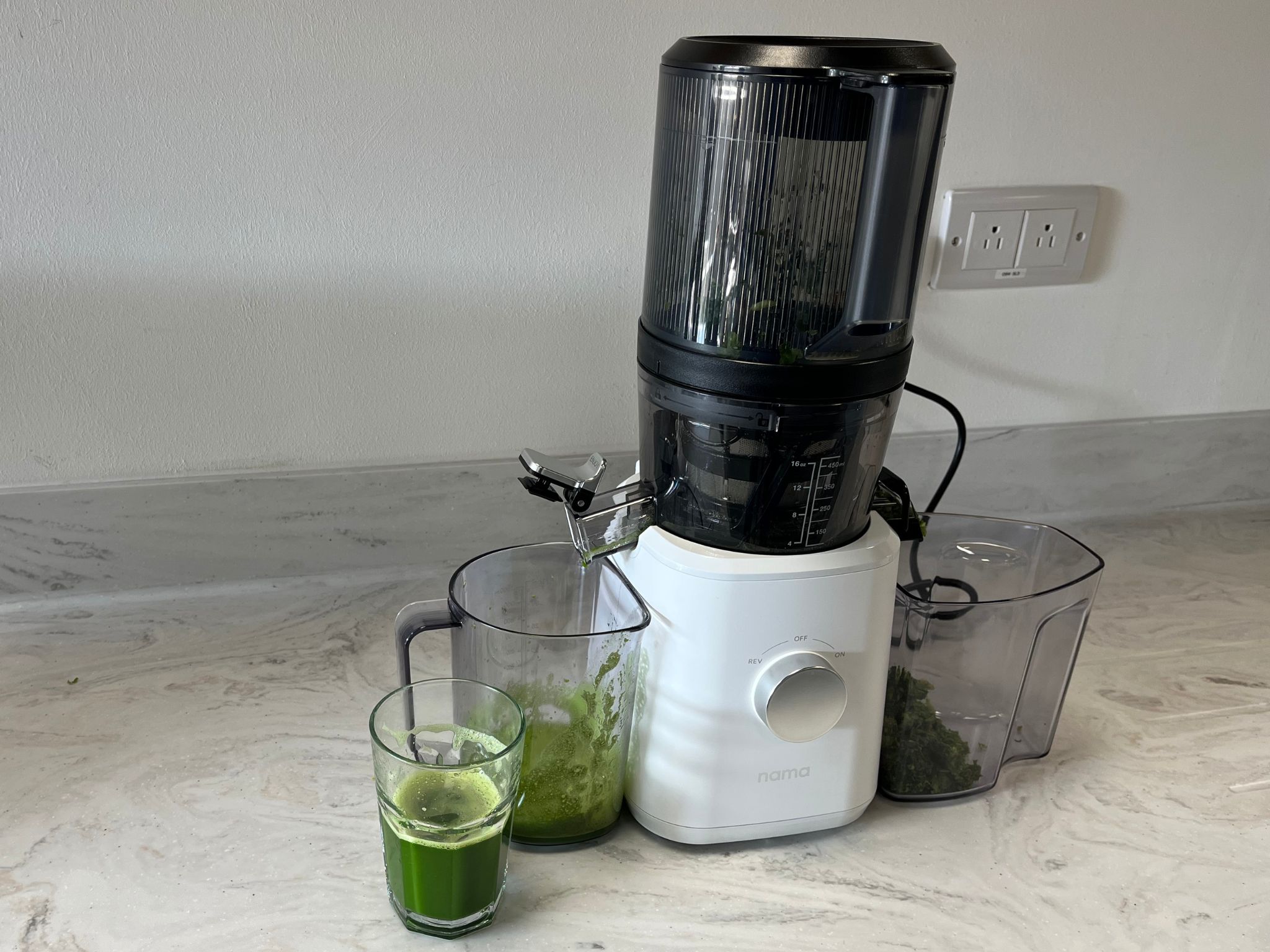
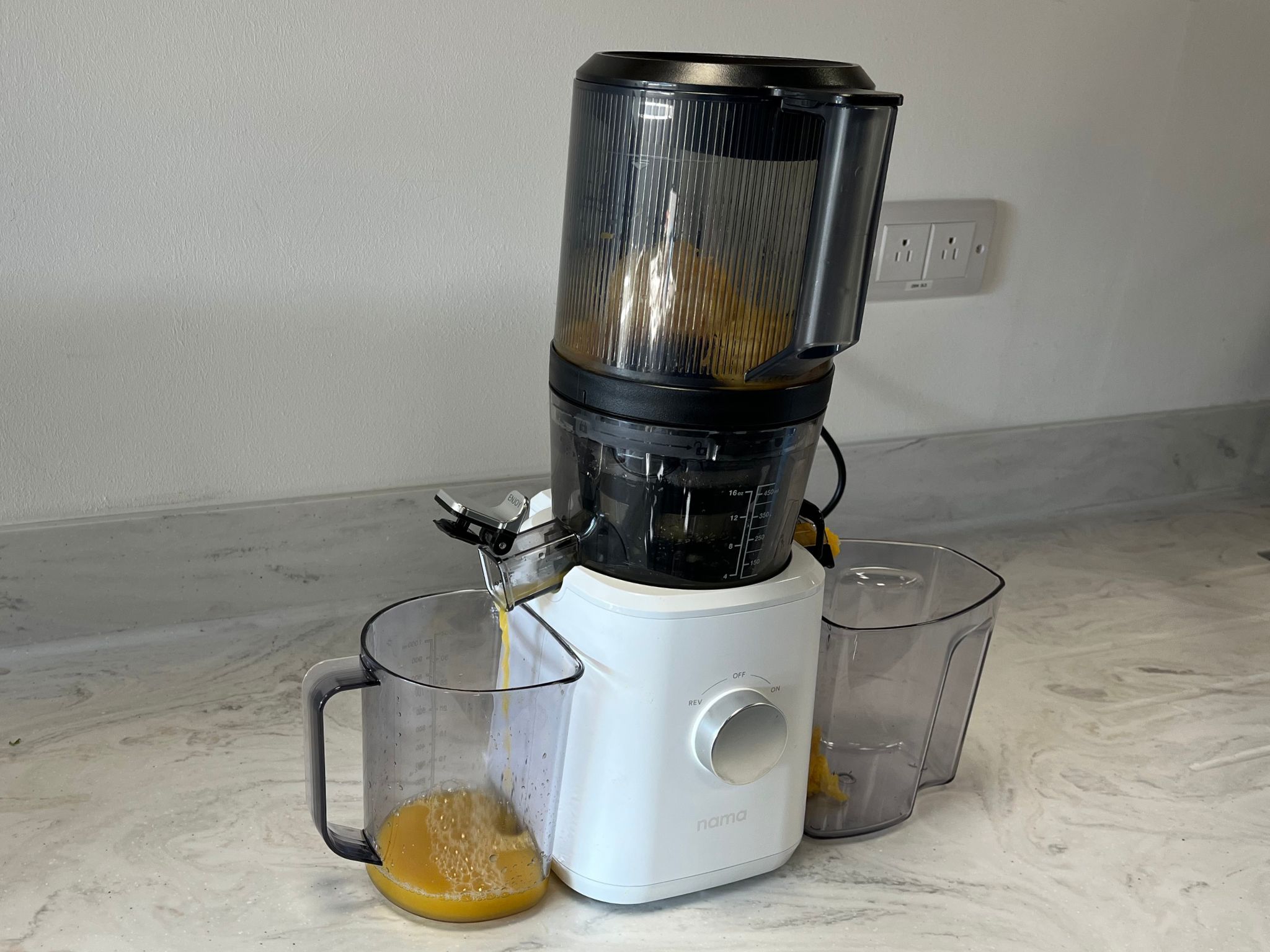
2. Nama J2
Our expert review:
Specifications
Reasons to buy
Reasons to avoid
After testing this juicer, Laura, one of our experts, went out to buy one for herself. Which then prompted the Nama to appear in the homes of two other members of her family. 'Word got out about how dreamy the Nama is, and one whole year later,' Laura says, 'I have no regrets about my purchase.'
The premium experience starts with the unboxing process. The Nama arrives in a beautiful box, with neat bags around each part of the appliance, an easy start guide, a recipe book, and an illustrated instruction manual. It looks stunning – the soft matte paper in the recipe book isn't far off cookbook quality. Whilst most juicers overcomplicate things with lots of different components, the Nama is simple and elegant.
Most importantly, this juicer aced our taste tests, making a smooth green juice with fully blended kale, spinach, cucumber, and apple. Our tester, Laura, said: 'I've been making oat milk, almond milk, ginger shots, and colorful juices in this for nearly a year now and I love it as much as the first time I tested it (if not more).'
The reason that we couldn't justify putting the Nama in the top spot is that it's almost eighteen inches tall and it can be fiddly to clean. It's not dishwasher safe and there are lips, dips, and grooves where bits get stuck. There's also no escaping that this is expensive, but it does come with a 15 year warranty. If you know you'll use yours every day (like Laura), this is a good investment.
Our full Nama J2 review has more details.
Best juicer for small spaces
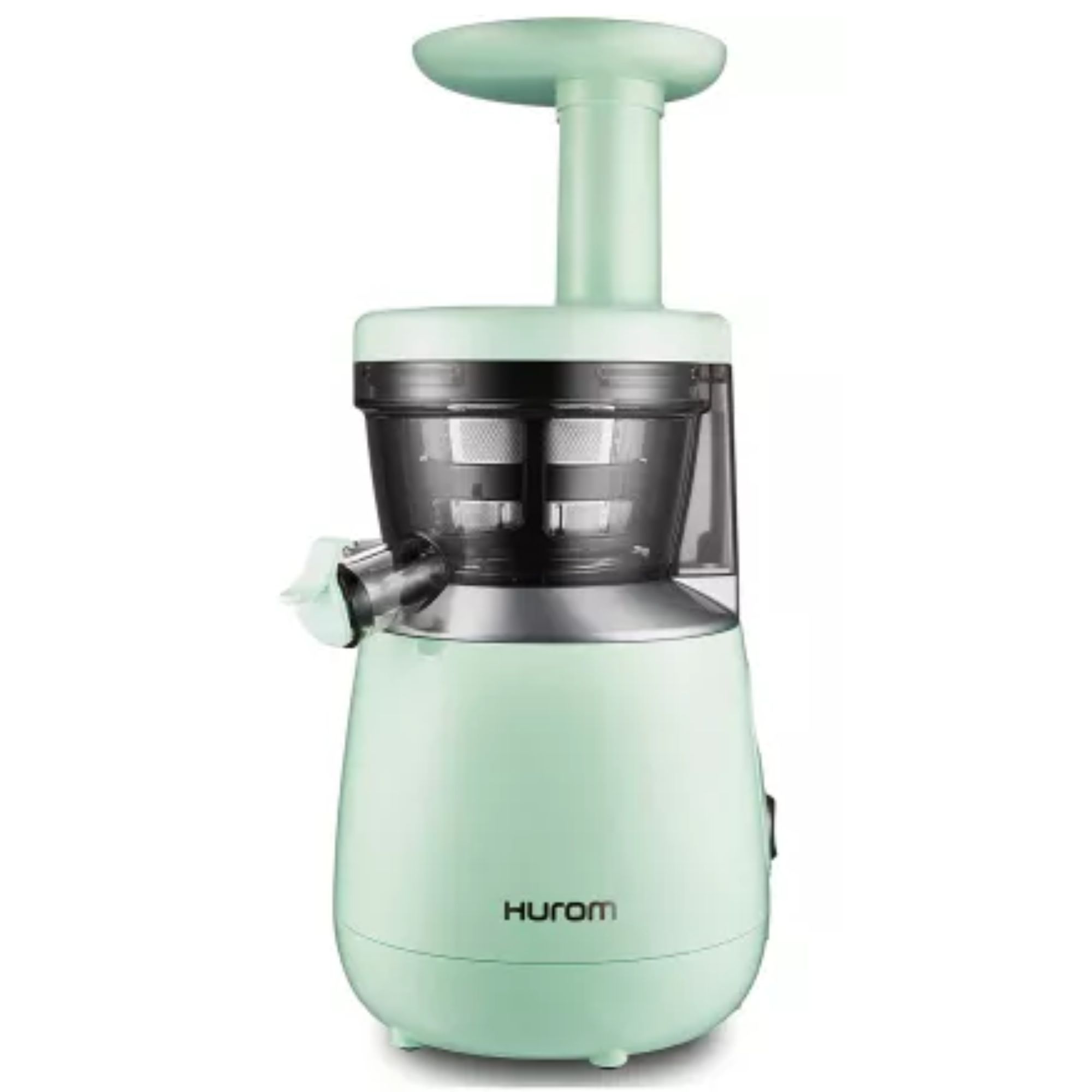
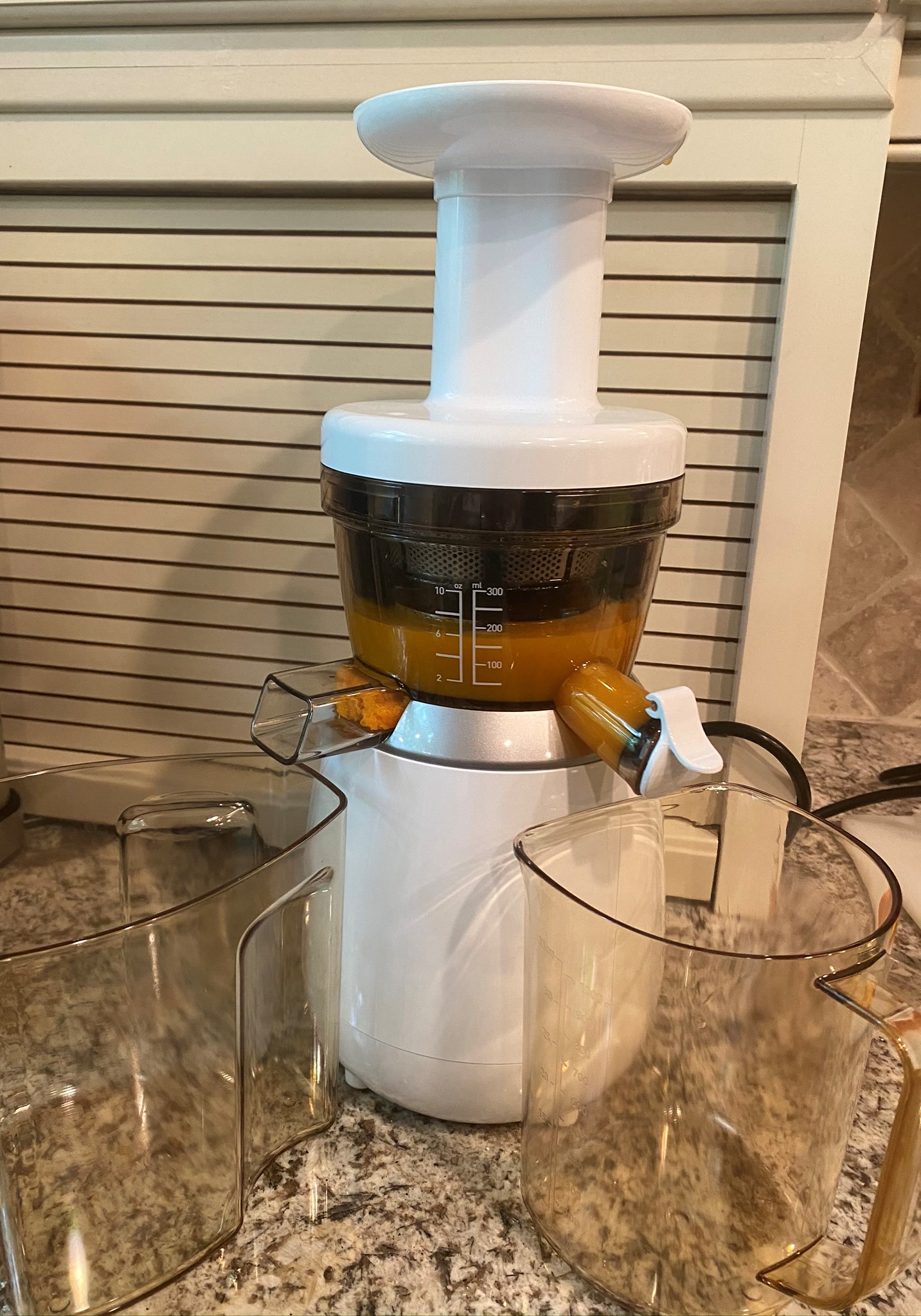
3. Hurom HP Slow Juicer
Our expert review:
Specifications
Reasons to buy
Reasons to avoid
This adorable juicer comes in a range of cute pastels to complement most kitchen color palettes. It's very compact, designed to be used in smaller kitchens with less counter space. There are other small juicers that didn't get this spot: the Nama J3 is great, but a lot more expensive and you're really paying for style and the Magic Bullet juicer is tiny and just $50, but the quality of its juice doesn't even come close to the Hurom's.
We put it to the test with a clementine and strawberry juice. We needed to chop the produce into smaller chunks first, but after that, it was incredibly simple. The jug rotates at just 43 RPM to slowly crush fruit and squeeze juice while preserving its natural taste and nutritional value. The result was delicious, with only a small amount of dry pulp left over (we have some recipe suggestions on what to do with juicer pulp). By the standards of slow juicers, it's pretty quick, quiet, and it has great yield. The small chamber capacity would be excellent for making juice shots.
The Hurom HP comes with eight attachments - a rarity in the world of juicers - which are useful for some people, but they do complicate assembly. They're also not all dishwasher safe. It's not unusual for a juicer not to be dishwasher safe, but if you have a small kitchen and don't have tons of space to stack the washing up, it's worth considering.
You can find more detail in our Hurom HP Slow Juicer review.
Best citrus juicer
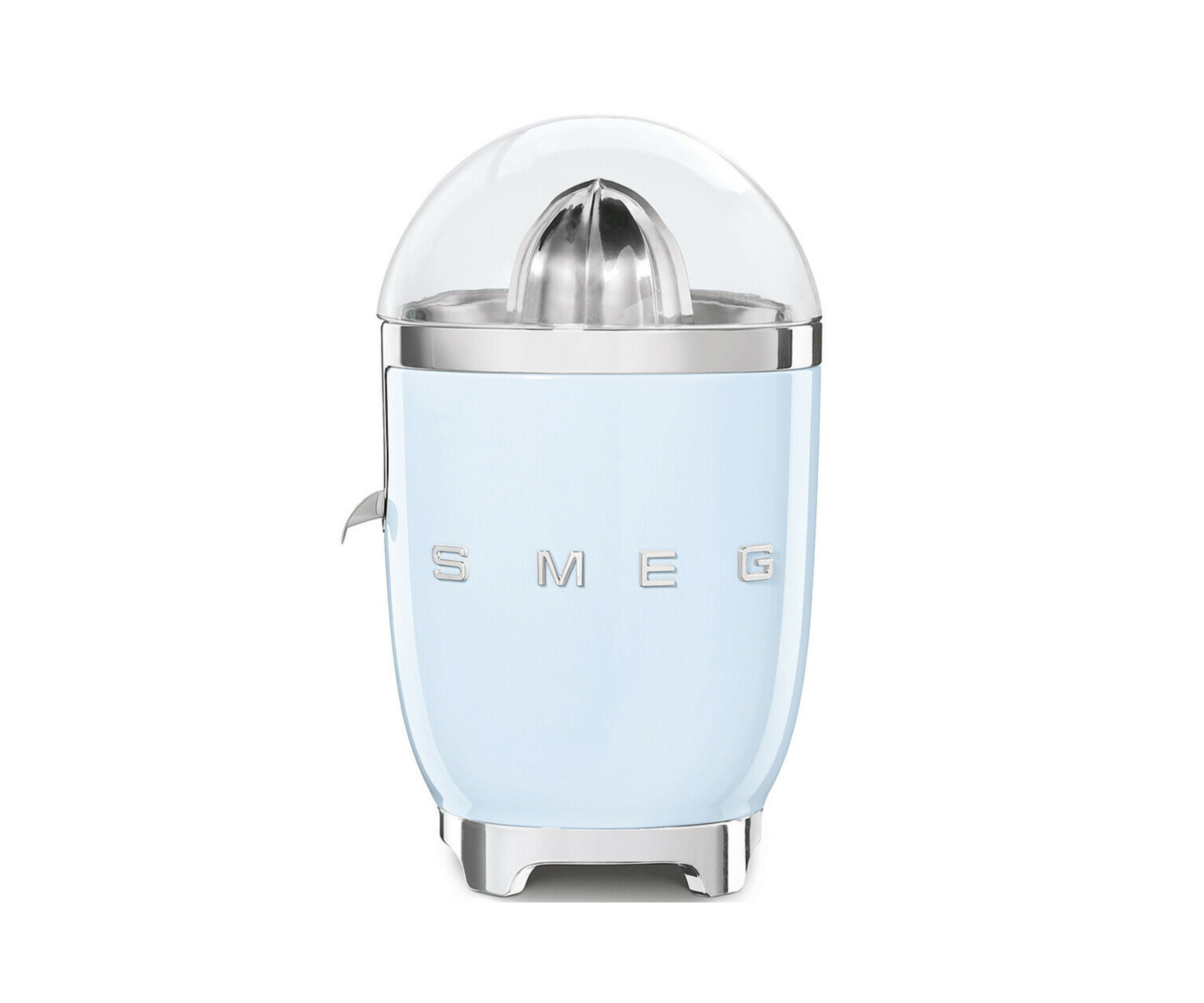
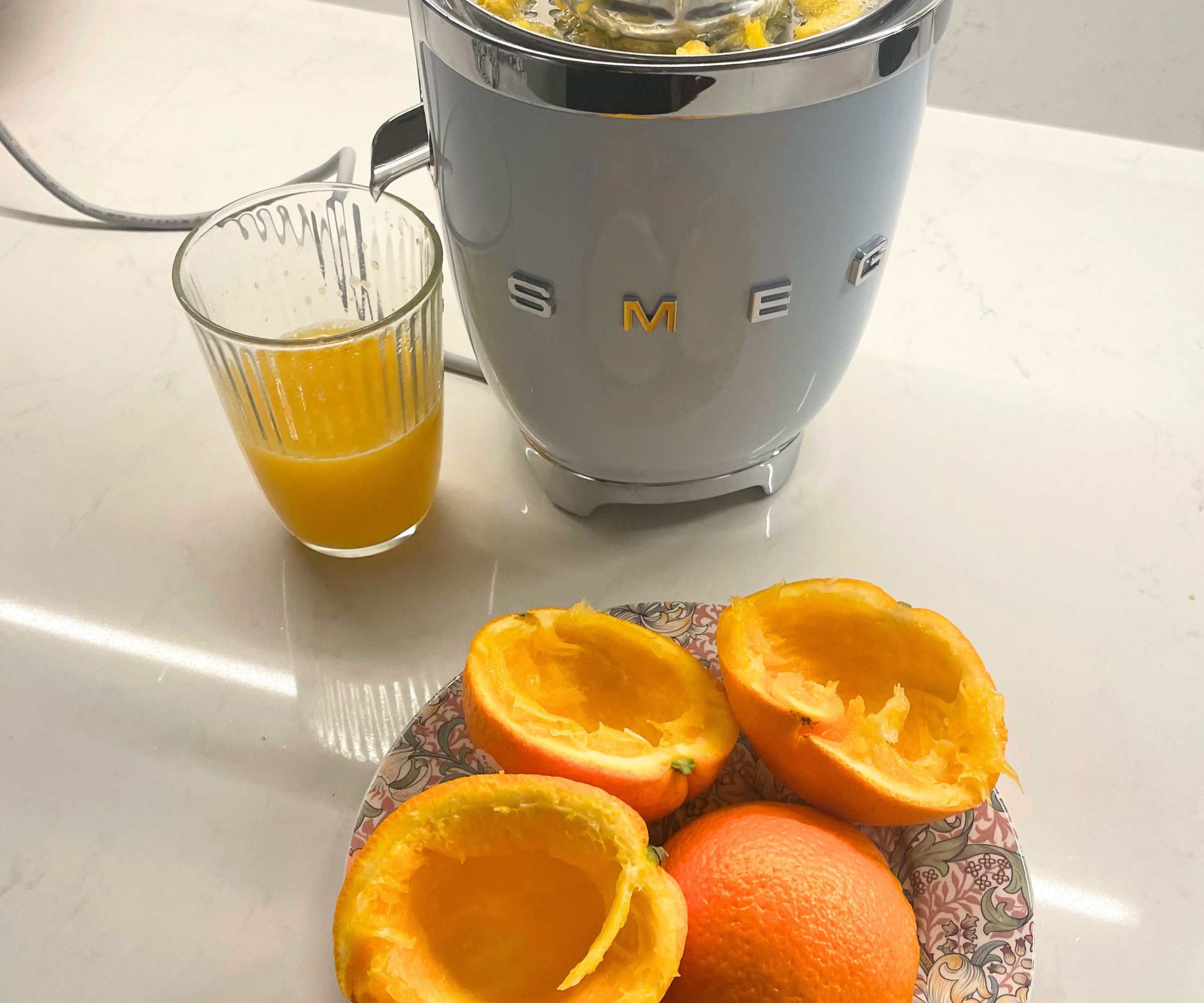
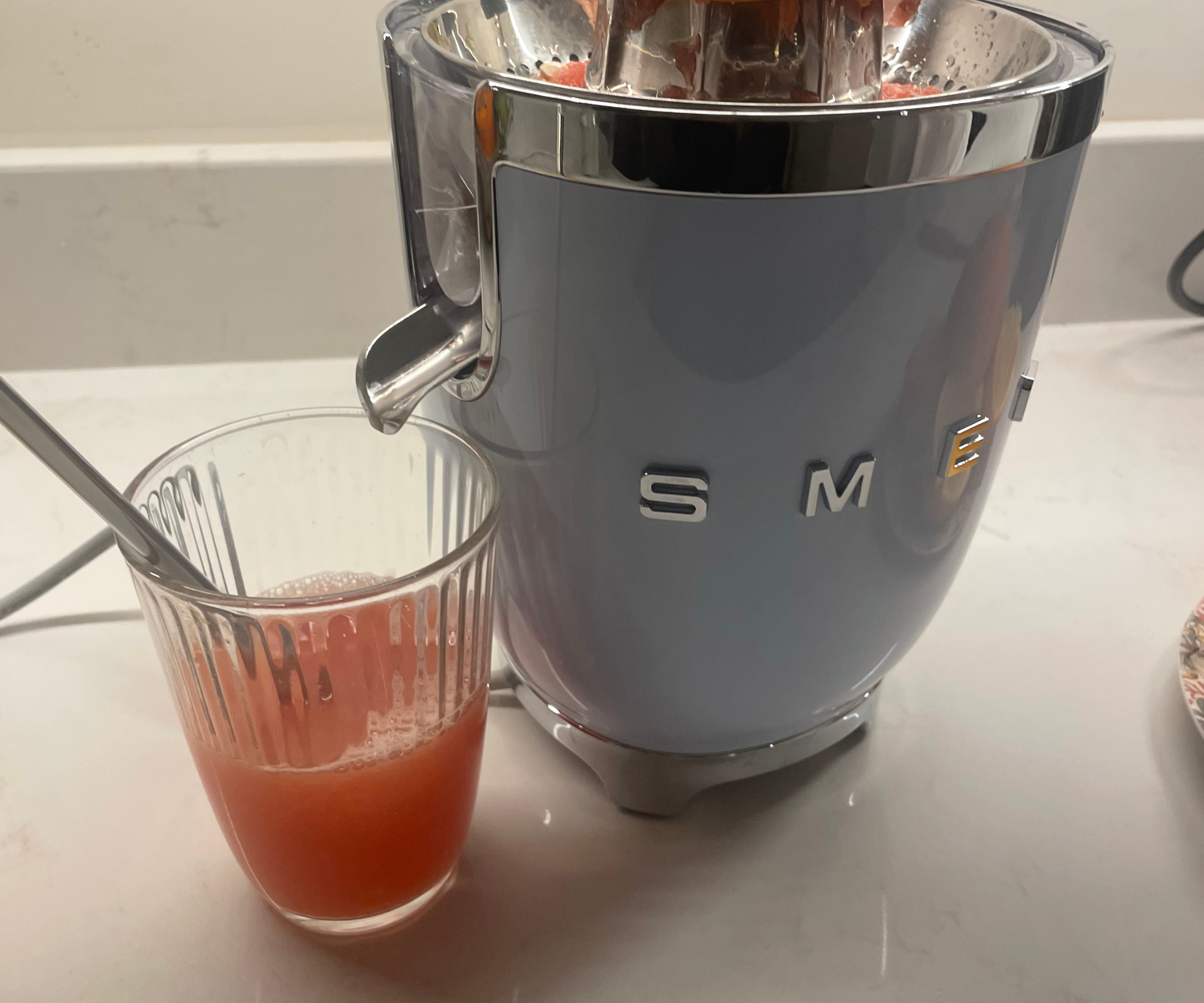
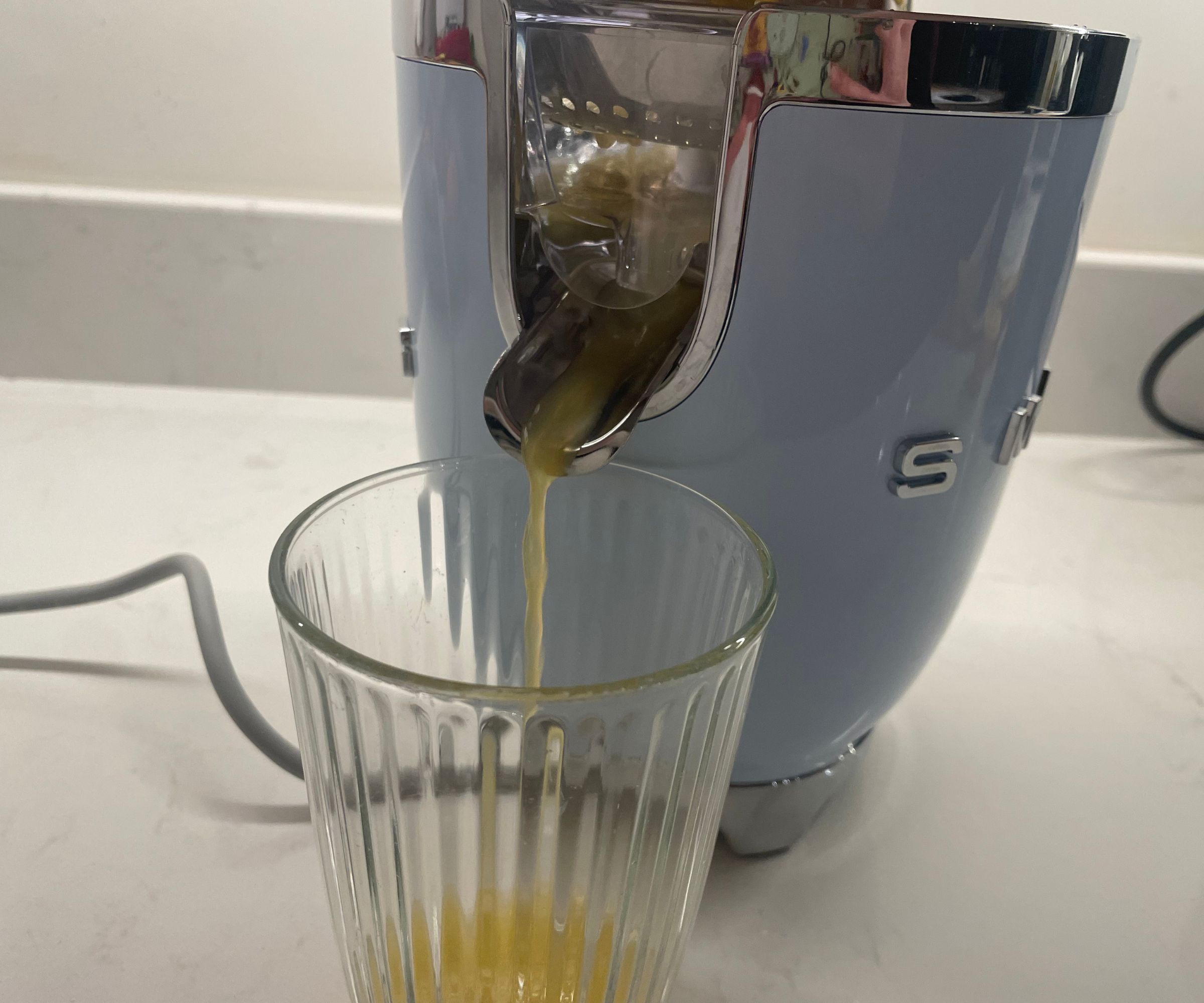
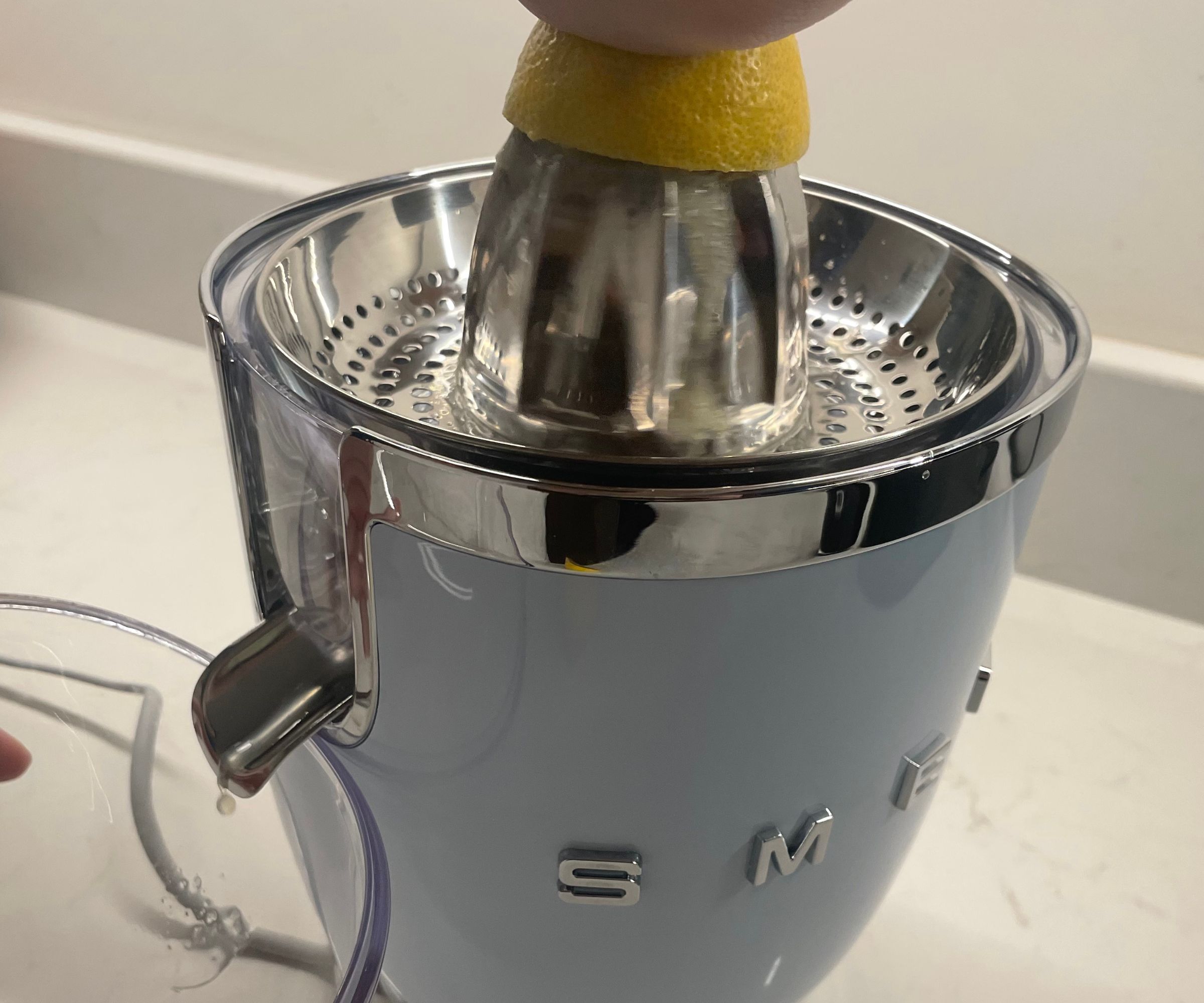
Specifications
Reasons to buy
Reasons to avoid
While we're all for multi-functionality, testing the Smeg Citrus Juicer was as refreshing as a cold glass of orange juice. There's something luxurious about a product that unashamedly offers one function and does it brilliantly. The Smeg Citrus Juicer is plain sailing from start to finish.
When we were setting up, we loved how easily the attachments slot onto the top. It has a strainer attachment that can be removed if you like your juice with pulp, and the juice collected drips out of the side spout and into your cup. You simply press your halved citrus fruit onto the reamer, which begins to spin in circular motions with the pressure. You can then move the fruit around to reach all angles, and the juice and pulp drips down into the tray. It can handle small lemons and limes, oranges, and even larger grapefruits – turning the flesh into sweet, refreshing juice.
Let's talk about the design, because that's what you're really paying for. The Smeg Juicer is petite, taking up very little space on the counter. The reamer and strainer are made of lightweight stainless steel, and the lid is constructed from sturdy BPA-free Tritan. It comes in a range of cute colors – from pastel blue to classic white – and is even available as part of the Dolce & Gabbana collection at Williams Sonoma.
The best part is, cleaning the Smeg Citrus Juicer is even easier than setting it up. The reamer, basin, and strainer can all be placed in the dishwasher. How easy is that?
You can find more details in our Smeg Citrus Juicer review.
Best combination blender and juicer
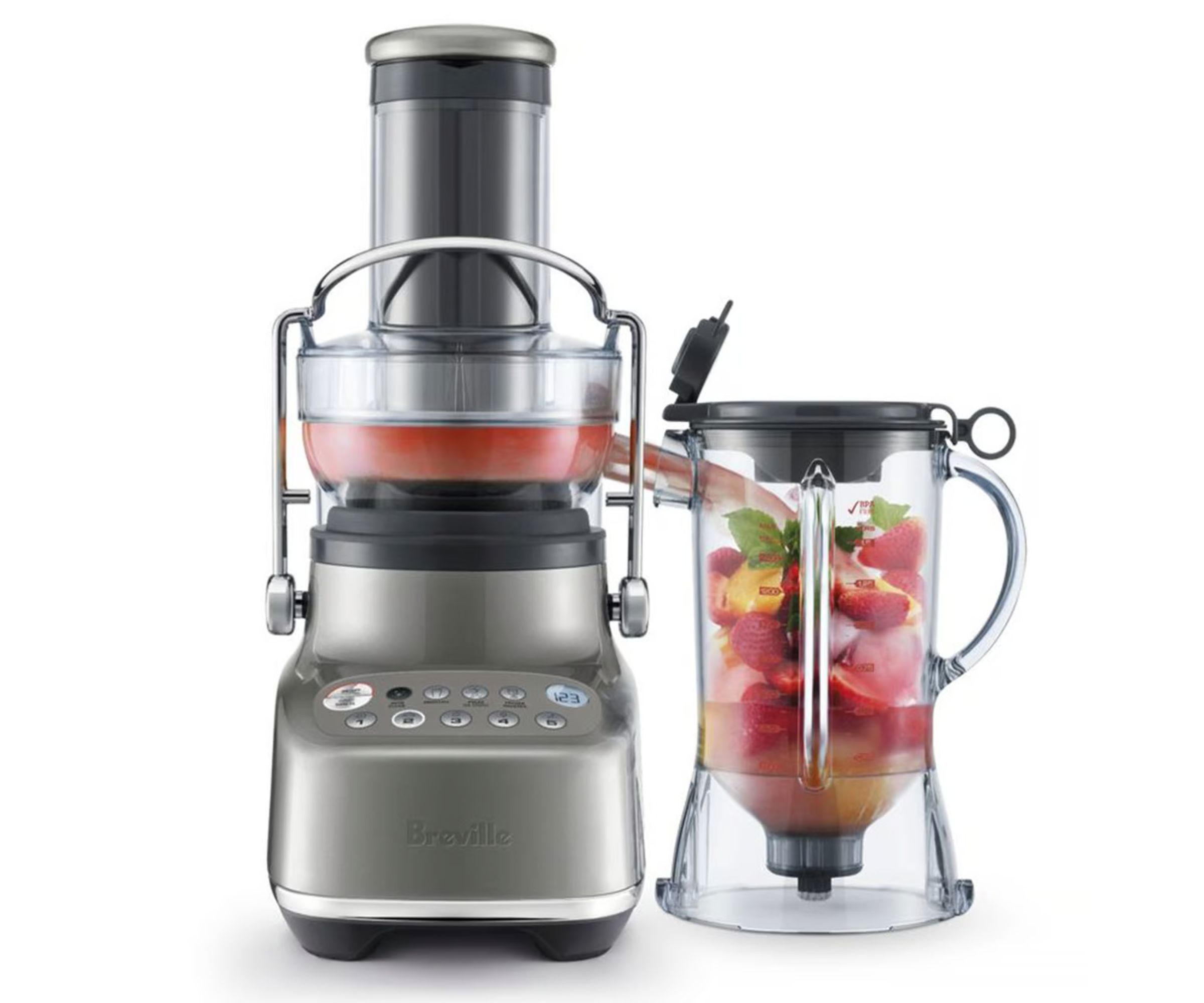
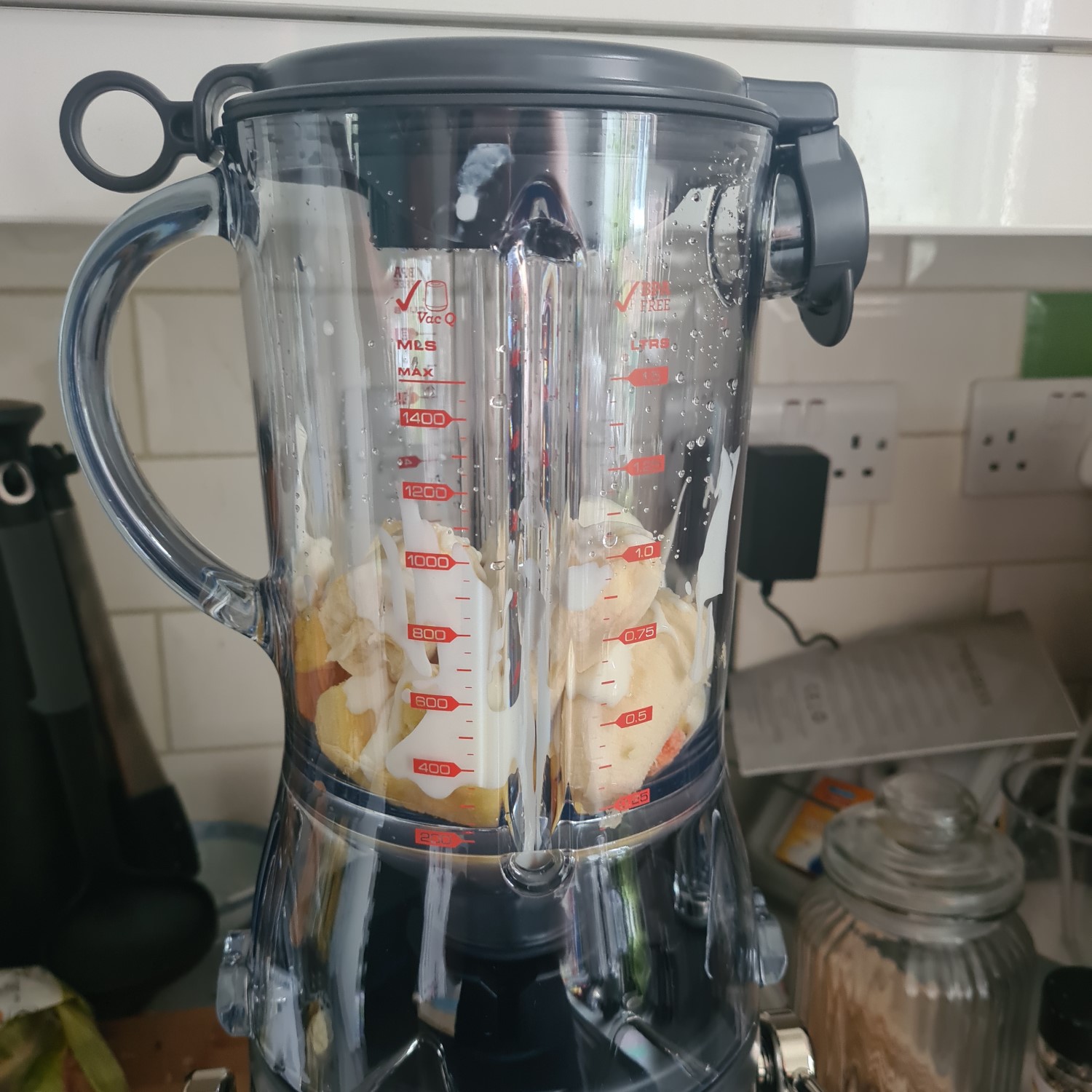
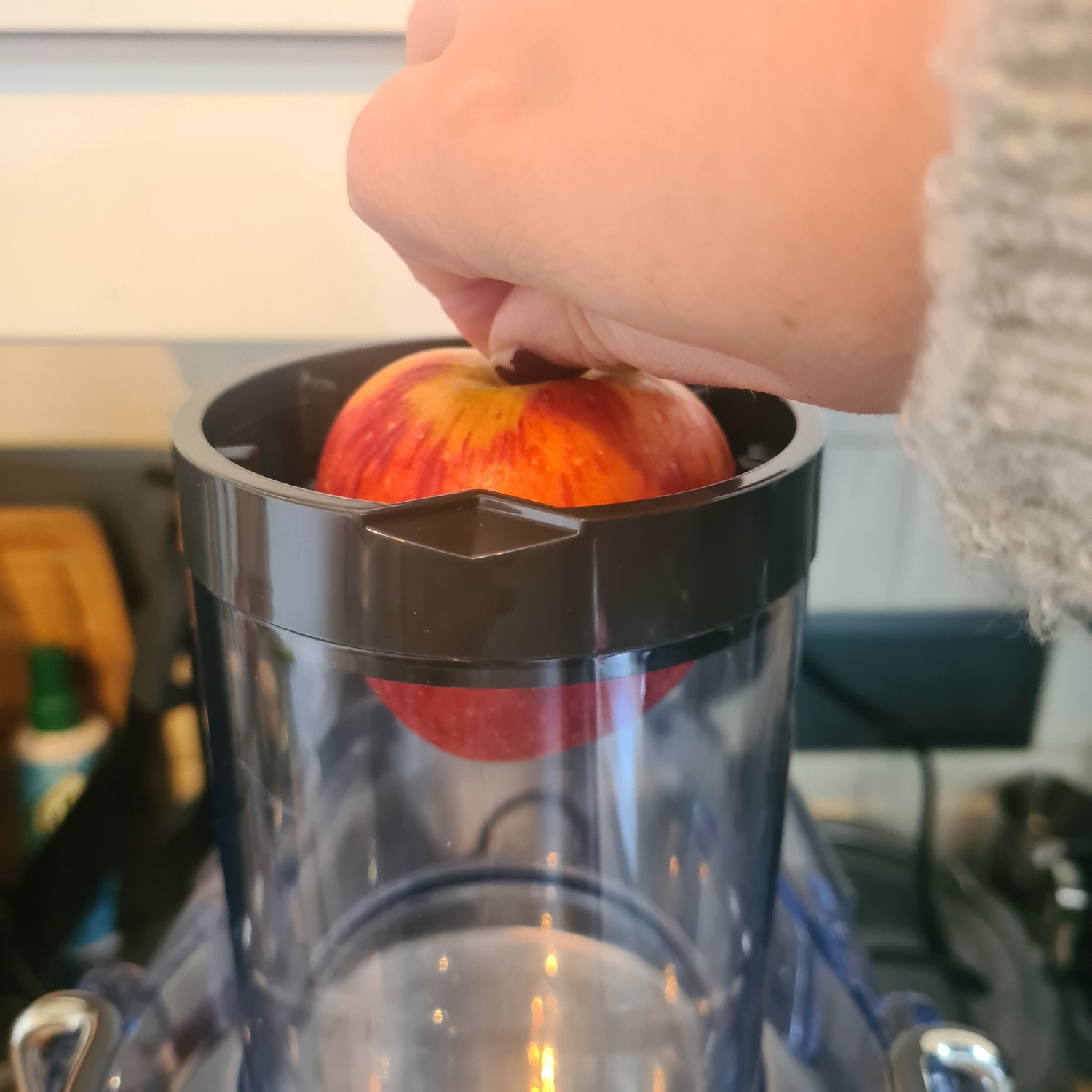
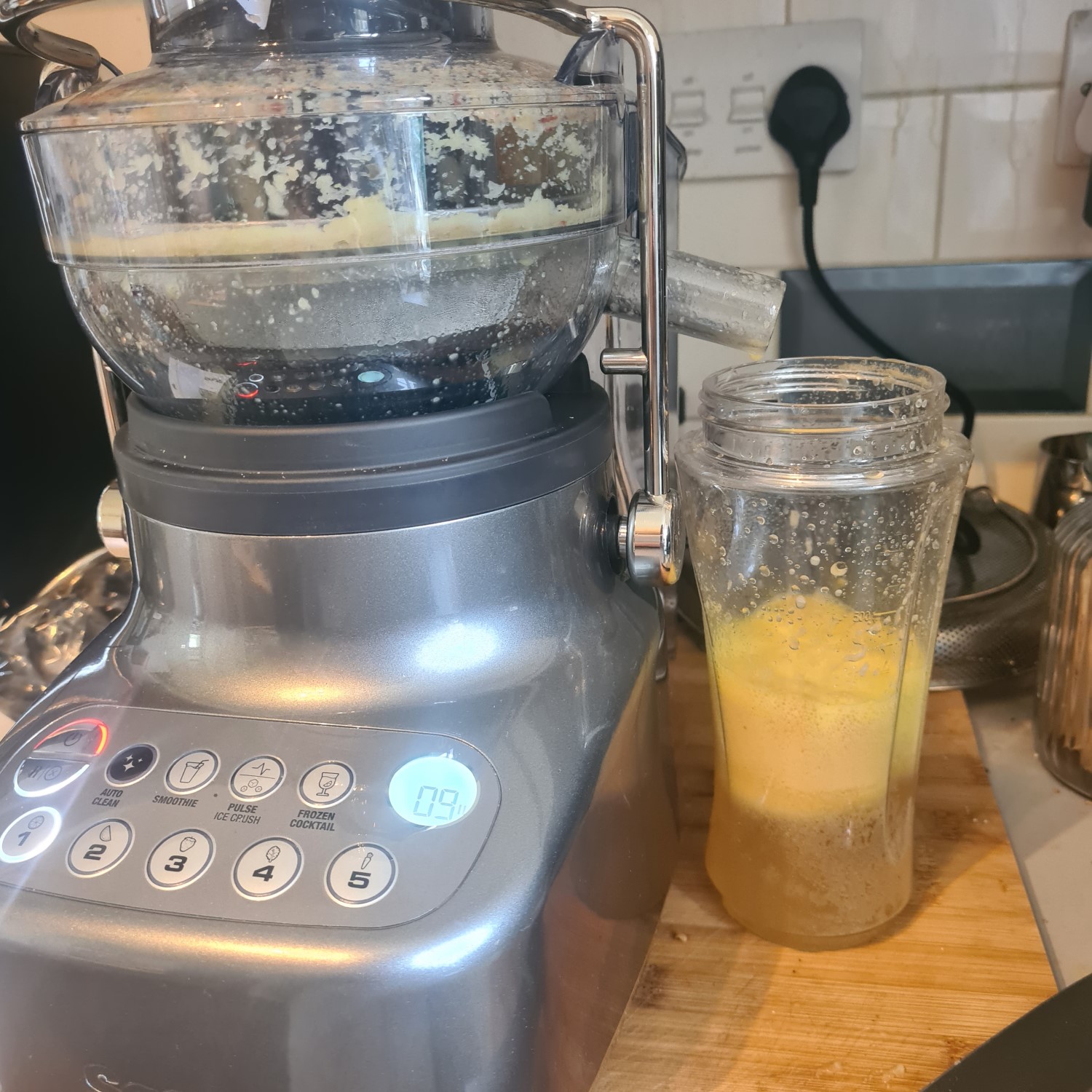
5. Breville The 3x Bluicer
Our expert review:
Specifications
Reasons to buy
Reasons to avoid
Models that work as a fully-functioning blender as well as a juicer are few and far between. We've tried a few, but this is one of only two that I'd recommend (the Nama C2 is the other).
As a juicer, Breville's the Bluicer is right up there. Our experts described it as a 'kitchen workhorse', because it's one of the most powerful models we tested. It uses centrifugal technology to make juice, which is the cheapest method. This means that its extraction rate isn't quite as good as Kuvings, but it's quick and easy.
Most juicers are single-speed, but because this is a blender and a juicer, Breville offers five different speed settings. Breville gives you a useful chart that tells you which speeds to use on different ingredients if you want to maximize on your results. This machine features five-speed settings and comes with a handy chart to indicate which product should be juiced at which speed. Mode 1 works best with soft fruits such as citrus, while Mode 5 can power through whole apples. Small and large ingredients alike can slide down the extra-wide feed chute, which cuts down on chopping and peeling time.
Like most centrifugal juicers, the Bluicer produces a fair amount of froth. You might want to strain your juice for smoother sipping. The size of this juicer poses more significant problems. You might struggle to store the Bluicer in shorter cabinets since it's almost 17 inches tall.
When it comes to blending and other functions, there's no competition. You'll need to replace the juicing jug with a blending pitcher, and then you're ready to go. This makes an excellent smoothie, dip, and it can crush ice too. We also tested it on making soups and sauces and the results were similarly impressive. If you need a juicer that can cover a range of kitchen functions, this is your best bet.
You can find more detail in our Breville The 3X Bluicer review.
Best value juicer
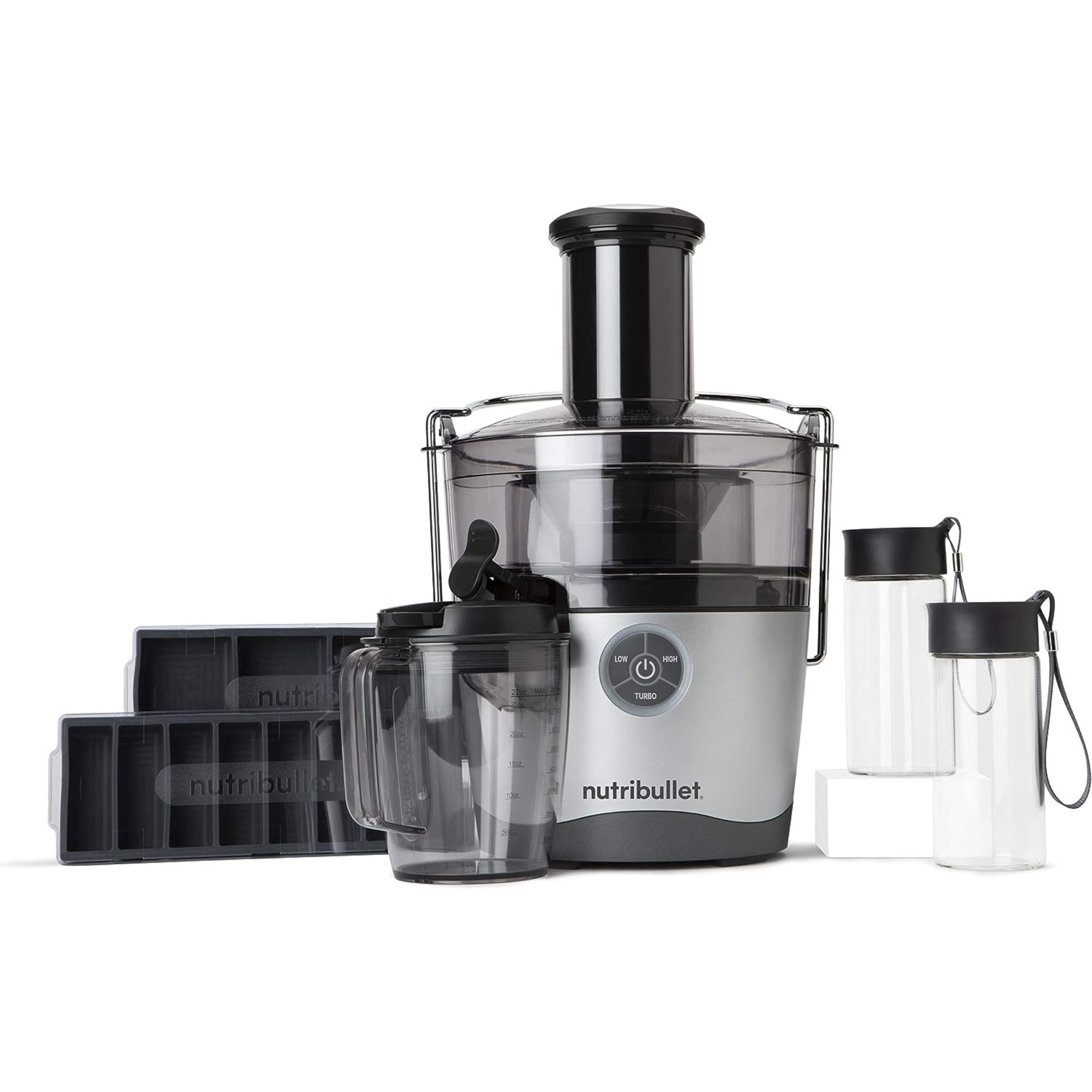
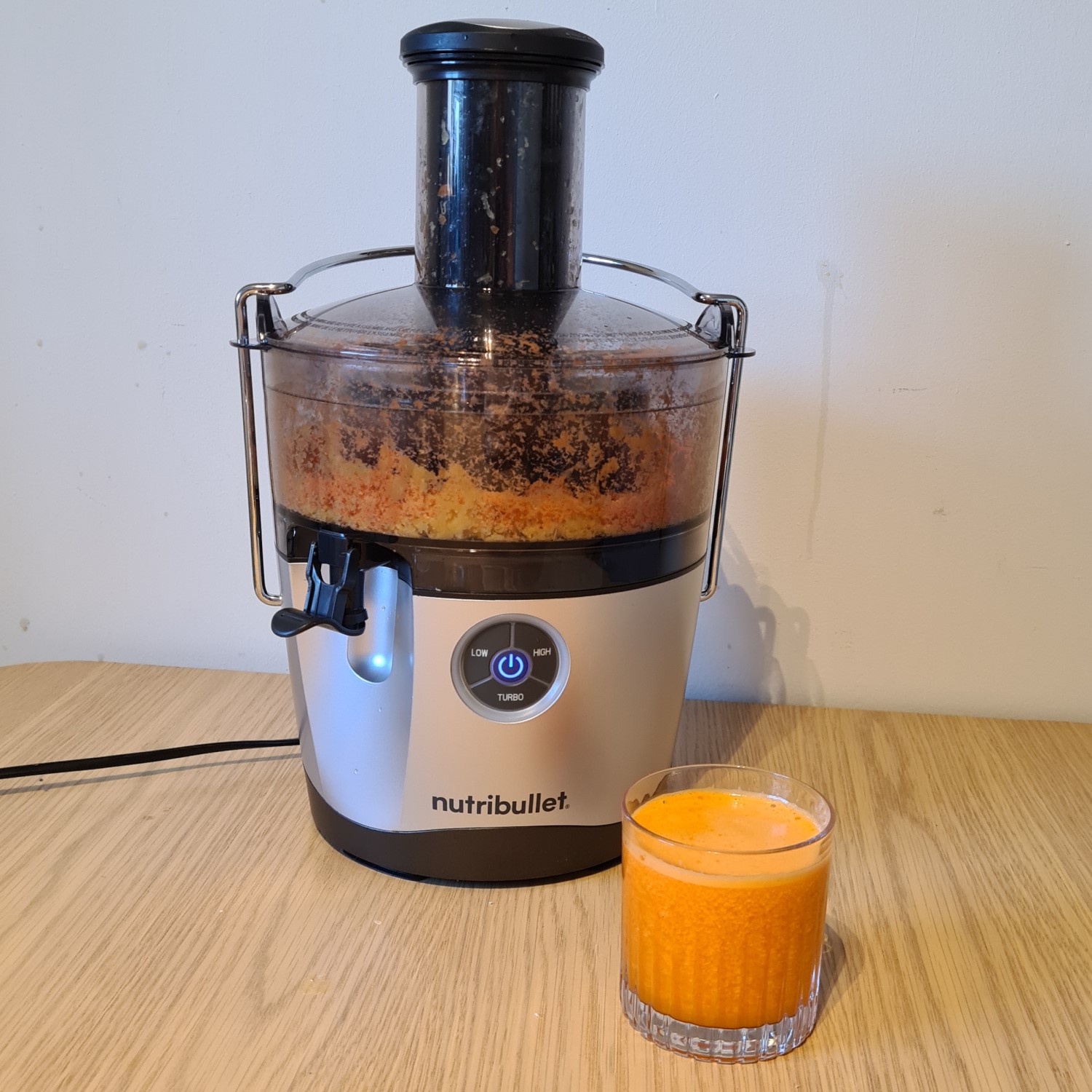
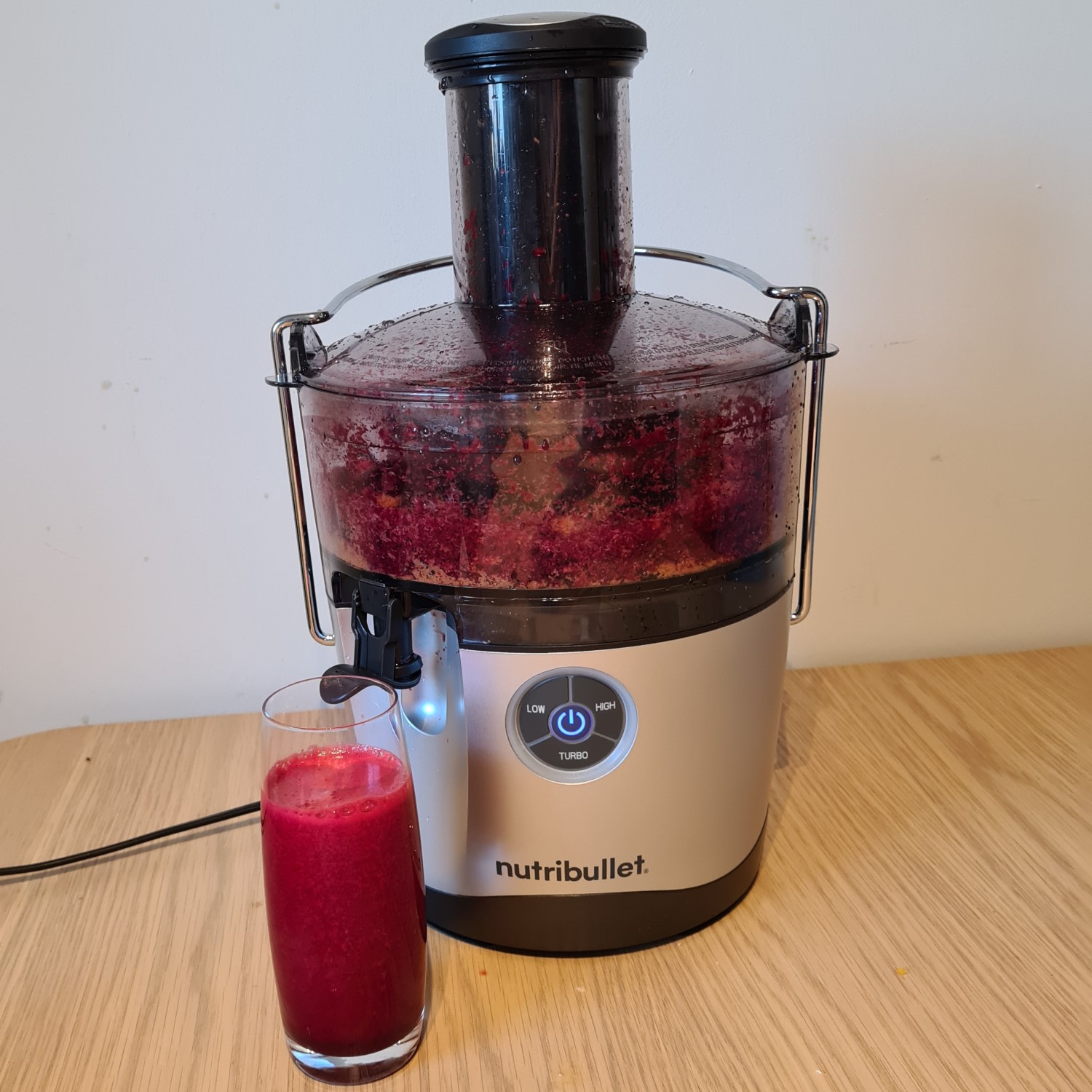
6. NutriBullet NBJ50200 Juicer Pro
Our expert review:
Specifications
Reasons to buy
Reasons to avoid
This is a centrifugal juicer, which is a more affordable design than the cold press models on this list. It works by spinning fruit and vegetables around a fast-moving blade, quickly chopping them up and pushing the pulp against a fine mesh filter to extract juice. On the other hand, cold press juicers slowly crush and press ingredients, keeping things cold to retain more nutrients, but they also come with a much higher price tag.
For first-time juicers, the speed and simplicity of centrifugal models are appealing, so we've tested plenty. Nutribullet’s Juicer Pro was easily the best. In fact, it was so good, it was hard to believe it wasn’t a pricier cold press juicer. We gave it carrots, ginger, spinach, and kale, and it whizzed them all into delicious juices. However, we did notice that softer berries and citrus fruits produced much smoother, crisper drinks than fibrous greens like spinach.
Naturally, you’ll end up with more foam, which indicates that some nutrients have been lost to oxidation, but the taste remains excellent. A nice bonus is that this juicer comes with a freezer tray, a froth separator, a cleaning brush, two grab-and-go bottles, and a recipe book – a surprising and welcome addition at this price point. You'll have a full juicing setup from day one, which is great value for money.
Cleanup is easy, too, since most of the parts are dishwasher-safe. The only minor drawback is that the NutriBullet Juicer Pro can be noisy as it works, but since juicing only takes a few minutes, it’s not a major issue. If you can be patient with it, your bank balance will thank you.
You can find more details in our NutriBullet Juicer Pro review.
The ones that just missed the list
There are plenty of other excellent juicers, but not every one can be the best. Here are a few we liked but didn't quite make the grade.

This is Nama's latest release. It's easily the best juicer for small spaces since it's as good as the J3, just shrunk down a little. If you're going away for a long time, you could easily take this with you too.
You can read more in our full Nama J3 Juicer review.

You can make enough juice for the whole household with the Breville Juice Fountain, thanks to its super-sized 70-oz. pitcher and extra-wide chute. However, it's tall and very messy.
You can find more details in our Breville Juice Fountain Cold Plus Juicer review.
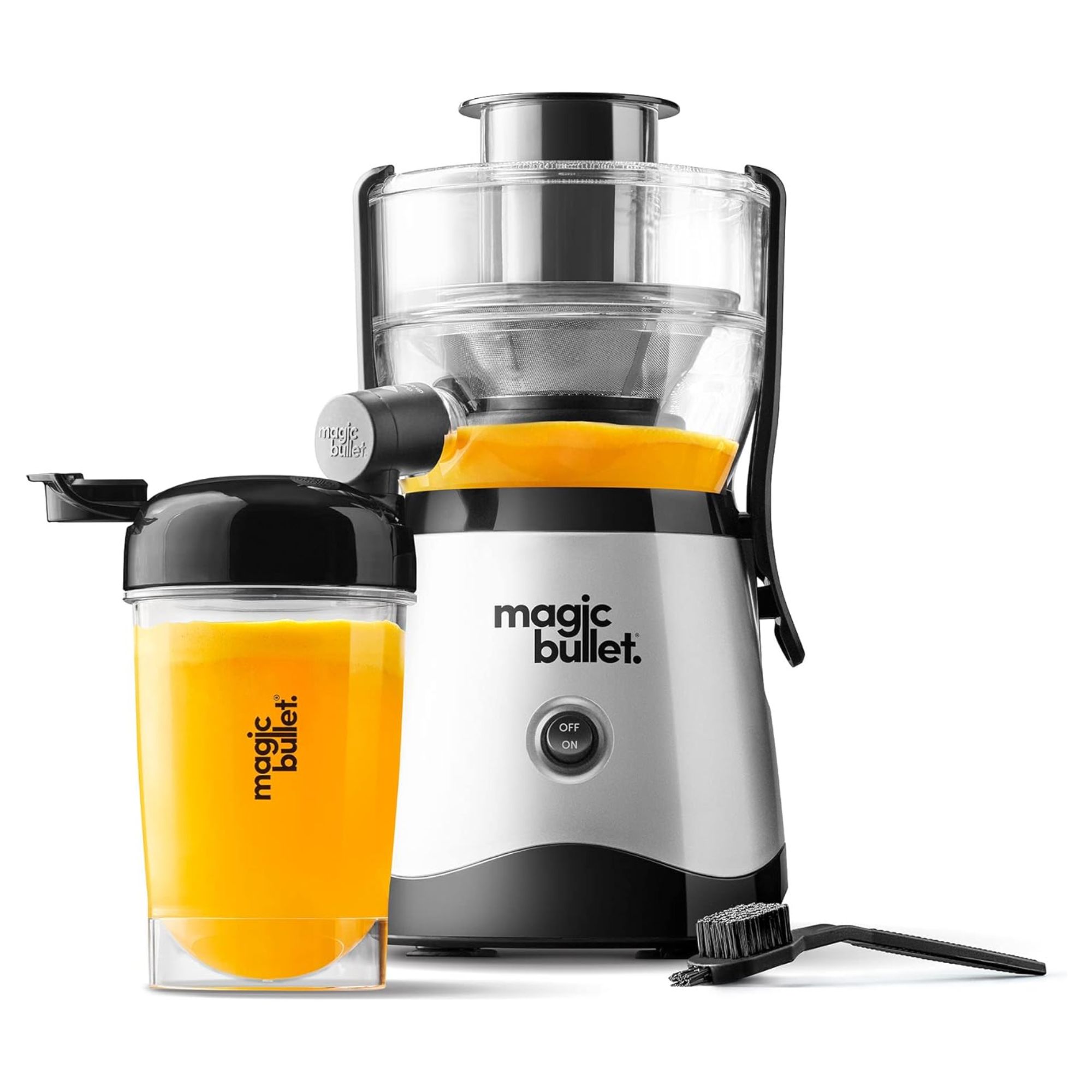
This is as good as it gets under $100. The juice I made with this was more like a smoothie than juice, but it tasted great.
There's more information in my full Magic Bullet Mini Juicer review.
How we test the best juicers
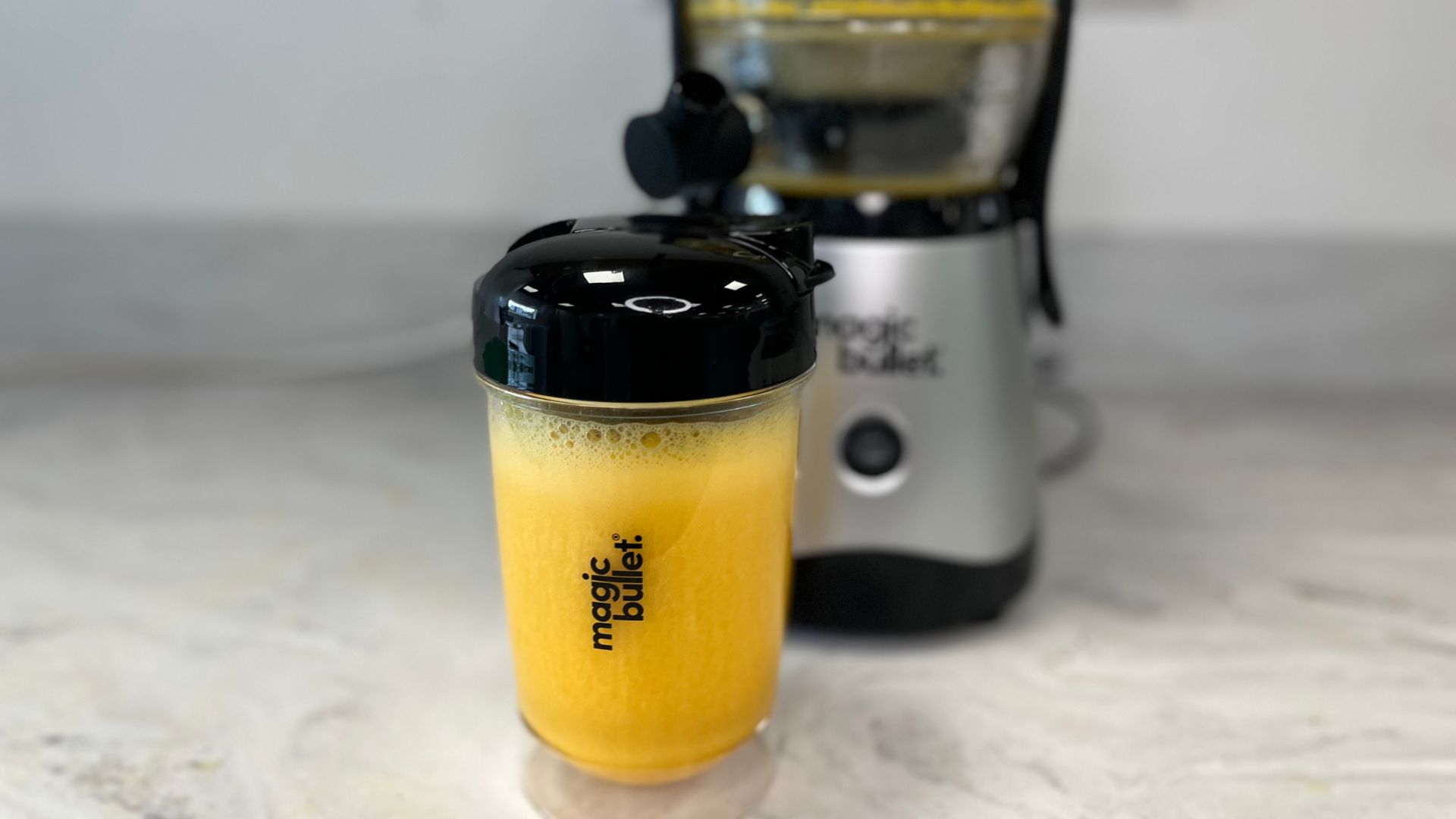
Testing orange juice in the Magic Bullet Mini Juicer
We put a lot of thought into how we test juicers. The whole process takes weeks, sometimes months, but that means that we can offer detailed insights into the real-life experiences of our experts.
It all starts with research. Our experts are always looking for the latest, greatest, and most innovative models on the market. Once we've found one that we think you'll like, we call it into our test kitchen, where we put it through intense, rigorous rounds of testing.
First impressions: As as soon as we have our hands on the juicer, we start making notes. We make sure to let you know about the packaging and whether it's eco-conscious or not. Then, we'll test the weight, dimensions, and style of the juicer to determine what type of kitchen it would suit. Some models are too tall for wall cupboards, others are too heavy to lift in and out of cupboards, and others will be compact and simple. Either way, it's good to know all of these things before you get into the details of the review.
Test 1: orange juice: The first test we give all of our juicers is simple: orange juice. This soft fruit should be easy to press, but different juicers have different demands. For some, you'll need to peel and chop your orange, for others you can simply add the segments. We'll measure the noise, amount of juice extracted, and we'll look at the waste. This should be dry and crumbly, rather than sloppy because that means all the juice has been extracted from the orange.
We'll also make notes on how easy it is to use and what the different functions are, because we'll want to add any extra special features to our testing process.
Test 2: ginger shots: This test is tougher. We'll add ginger, carrot, and apple to the juicer, so it's loaded with harder, more fibrous ingredients. Again, we'll measure the noise, speed, extraction rate, and usability of the juicer in this process. It's important to keep a close eye on any foam and bubbles. The clearer and crisper the juice is, the less it has been battered and damaged in the extraction process.
Test 3: green juice: The iconic green juice is another great way to put pressure on any juicer. Spinach, kale, apple, ginger, lime, and cucumber will be tough work for any model, but if we can get a crisp, clear juice extracted, it's a wonderful success.
Test 4: extra features: Some juicers will be able to make nut milks, sorbets, tofu, and more. If this is the case, we'll make sure to test them out for ourselves. You shouldn't have to buy a juicer blindly, hoping that a brand fulfills its promises. We've been disappointed by that too many times.
Cleaning: Whilst cleaning is important with every appliance, it's particularly pertinent for juicers. There are often lots of parts and places for fibers and pulp to get stuck, so they can be hard to clean. Whilst some models are dishwasher safe, plenty aren't so we will always let you know about this. I've tested juicers that are so much hassle to clean that I stopped wanting to use them.
Reviews and comparisons: Then, we'll take a step back and look at the competitors and other models on the market. This is a good opportunity to consider the value of the juicer, whether it's offering competitive performance and functions, and whether it's matching the aesthetics of other models.
Should you buy it? After all that, we'll draw some conclusions. Here, we'll talk about warranty, accessories, and who the juicer suits. If we think you should buy it, we'll tell you. Equally, if we think there are similar models or ones that would suit different needs much better, we'll send you in the right direction. We'll then continue to use it in our own homes to find any longer-term successes or snags with the model.
How to choose a juicer

There are a lot of different factors to consider when buying a juicer, which is why we have pages dedicated to how to choose a juicer as well as mistakes that people make when both buying and using their juicers. If you want some quick advice on how to shop the right juicer for you, here are the headlines:
Different types There are five different types of juicers, but that doesn't need to be confusing for you. Each suits a specific type of juicing: fast juicers make quick, cheap juice, but they don't have the best extraction; cold press juicers have better extraction rates, but they can be more expensive; twin-gear juicers are really designed for experts and they can be expensive too. Then, there are steam juicers and citrus juicers, which are both self-explanatory.
Aesthetics and style Juicers tend to be big appliances, so it's important that you choose one to suit your space. There are plenty of smart, modern designs, as well as different colorways. For some, Smeg's retro aesthetic will be perfect, but others might like the sleek lines of Nama's models.
Size and capacity People often overlook the size and capacity of their juicers, but it's key to match yours to your kitchen. For example, if it's a tall model, it might not fit under wall cupboards. If it's a compact option, it might not have enough capacity to juice for the whole family. A small home will want about 34 oz capacity, whereas large homes will need about double that.
Functions and features Some juicers specialize in juicing and that's it. There's nothing wrong with that, but if you know you want yours for almond milk, tofu, sorbet, and more, it's worth looking for a model that can combine all these functions into one.
Value and warranty Juicers get really expensive. I've tested models that cost more than a thousand dollars as well as some that are less than fifty. If you don't have a discerning palette and you're not fussed about extraction, don't spend more than $150. However, if you're willing to spend more for a more durable model with better extraction, you can spend up to $500. Any more than that will give you a luxurious model, but do your research to check that it's good value still.
Assembly and cleaning Some juicers come as one big appliance, whilst others are in parts. This can either make cleaning very easy or tricky. I find models that come into parts easier to thoroughly clean, but more fussy and fiddly. Depending on your levels of patience, you can opt for more simple designs or ones that are a little more complex.
Best juicer FAQs
What's the difference between a slow juicer and a fast juicer?
There's one obvious answer: speed. The blades rotate at different rates in a slow vs a fast juicer to create different sorts of drinks.
Fast juicers are also known as centrifugal juicers. These machines use a fast-spinning blade to chop up fresh produce, which is strained through fine mesh filters to separate the juice from the pulp. These juicers give quick results with little preparation, since they're powerful enough to tackle whole fruits. However, leafy greens and herbs tend to get caught in the blades. The heat and air generated by fast-spinning blades can create froth in the juice.
Slow juicers aren't all that slow: they're just not as quick as fast juicers. These machines, better known as masticating juicers, crush and squeeze produce to extract juice. You'll need to cut up fruit and remove hard seeds to get the most out of this machine. Slow juicers are more efficient than fast juicers, so you'll get more juice from each fruit. That juice should taste fresher and last longer, since less heat and air is added to the mix.
Should I buy a juicer or blender?
Juicer vs blender: the debate rages on. It's really a matter of personal preference. Where blenders mash ingredients together, juicers are designed to separate the pulp from the juice for a smoother finish. Nutritionally, we've covered the green juices vs smoothie debate, setting which is better for your health, bank balance, and energy levels.
How much does a juicer cost?
How much you should spend on a juicer all depends on how much juice you want to make and how often you want to make it. For single servings or occasional use, you can get a decent juicer for around $100.
If you want to make a lot of top-quality juice, or you want to work with tougher produce, you'll need a premium juicer. These tend to retail for around $400. While that might sound like a lot to spend on a small appliance, the best juicer can help you make the most of your fresh produce and form part of your healthy living routine.
Can I make juice in a blender?
If you're in desperate need for juice and you don't have the right equipment, you could make a juice-like drink in a blender. However, in an ideal world, you'll be able to use your juicer to make juice. We've written a breakdown how to use a blender as a juicer as well as how to make apple juice in a blender.
Once you've bought one of the best juicers, it's important to take good care of it. It's worth learning how to clean a juicer to get the most out of your machine.
If you know you want a juicer, but aren't sure where to start, you're in luck: we've explained the five types of juicers and listed all of their pros and cons.
Sign up to the Homes & Gardens newsletter
Design expertise in your inbox – from inspiring decorating ideas and beautiful celebrity homes to practical gardening advice and shopping round-ups.

Lydia is the Kitchen Appliances Editor for Homes & Gardens, testing everything from air fryers and mixers to juicers and coffee machines. She trained in Culinary Arts at Leiths School of Food & Wine and previously served as the Recipe Editor for Mindful Chef.
- Alex DavidGardens Contributor
- Millie FenderHead of Reviews
- Laura HoneyeCommerce Editor
- Camryn RabideauContributing Reviews Editor
-
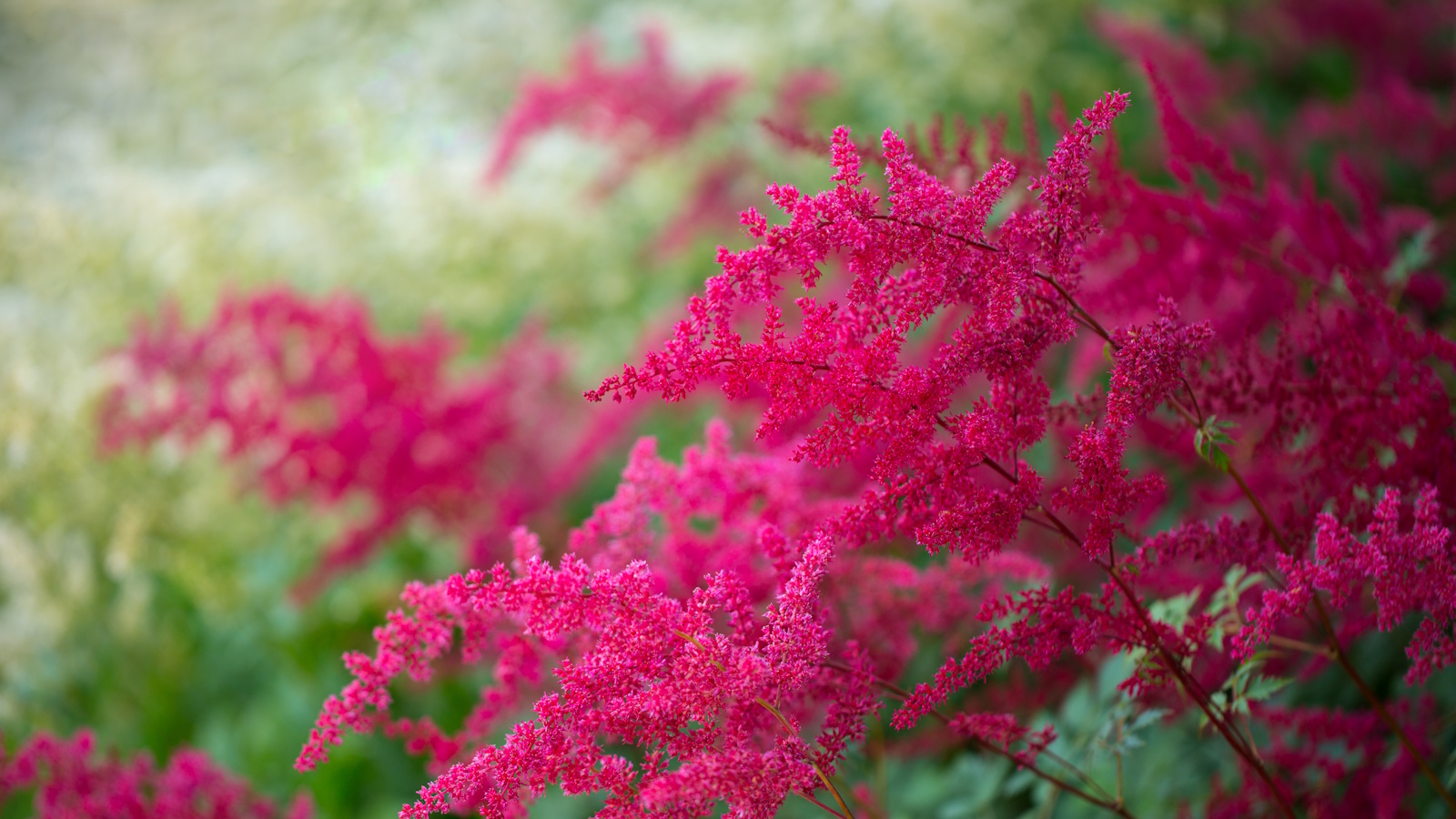 How to grow astilbe – expert advice on cultivating this shade-tolerant flowering perennial
How to grow astilbe – expert advice on cultivating this shade-tolerant flowering perennialShade-tolerant and pest-resistant - astilbe are hardy and tough perennials that can thrive in many settings
By Ellen Wells Published
-
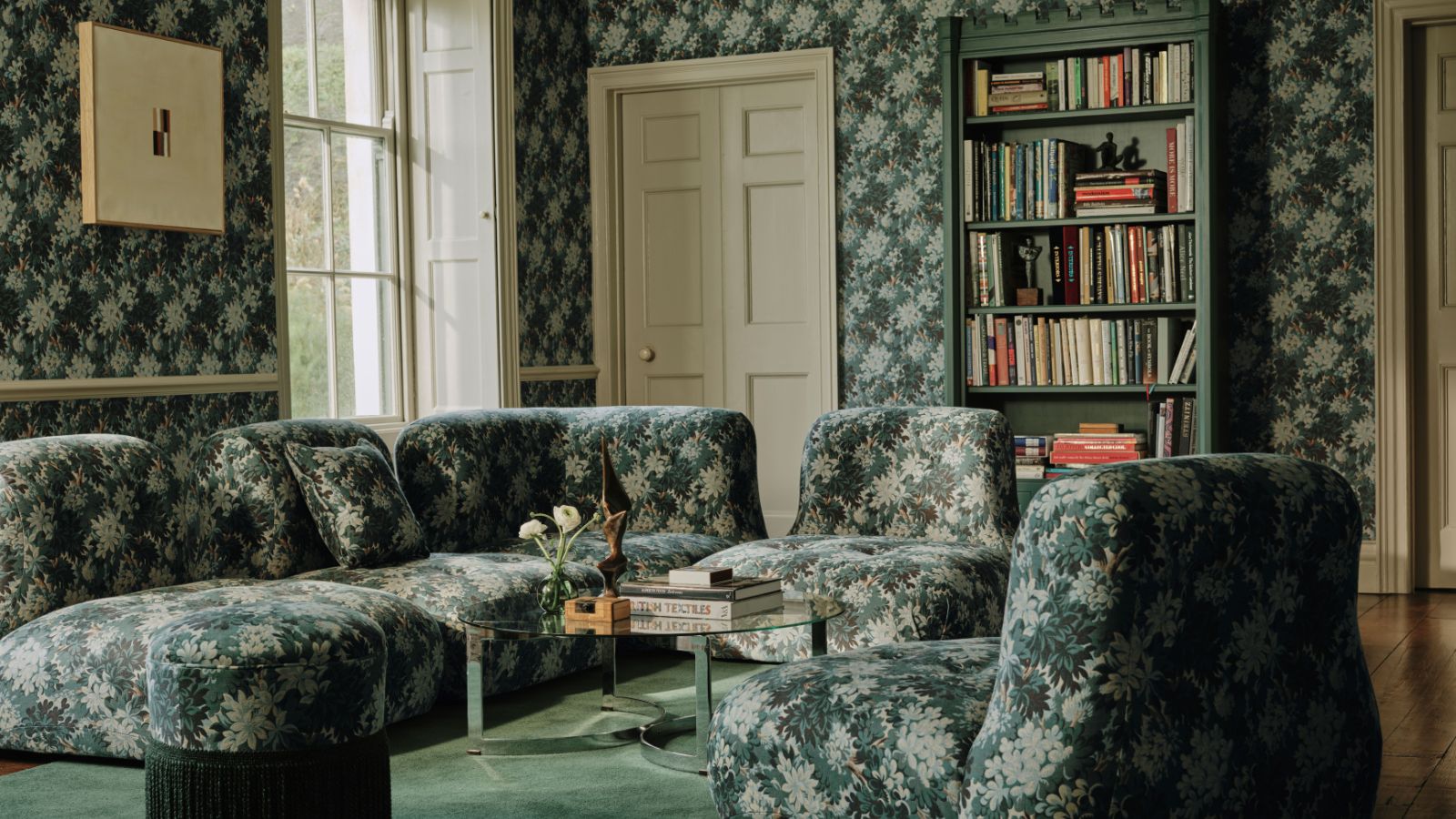 Vintage prints are making a comeback – designers say to look out for these 5 nostalgic patterns this year
Vintage prints are making a comeback – designers say to look out for these 5 nostalgic patterns this yearThese vintage-style patterns are all the rage right now, and we spoke with design experts to learn how best to style them in the home
By Eleanor Richardson Published
-
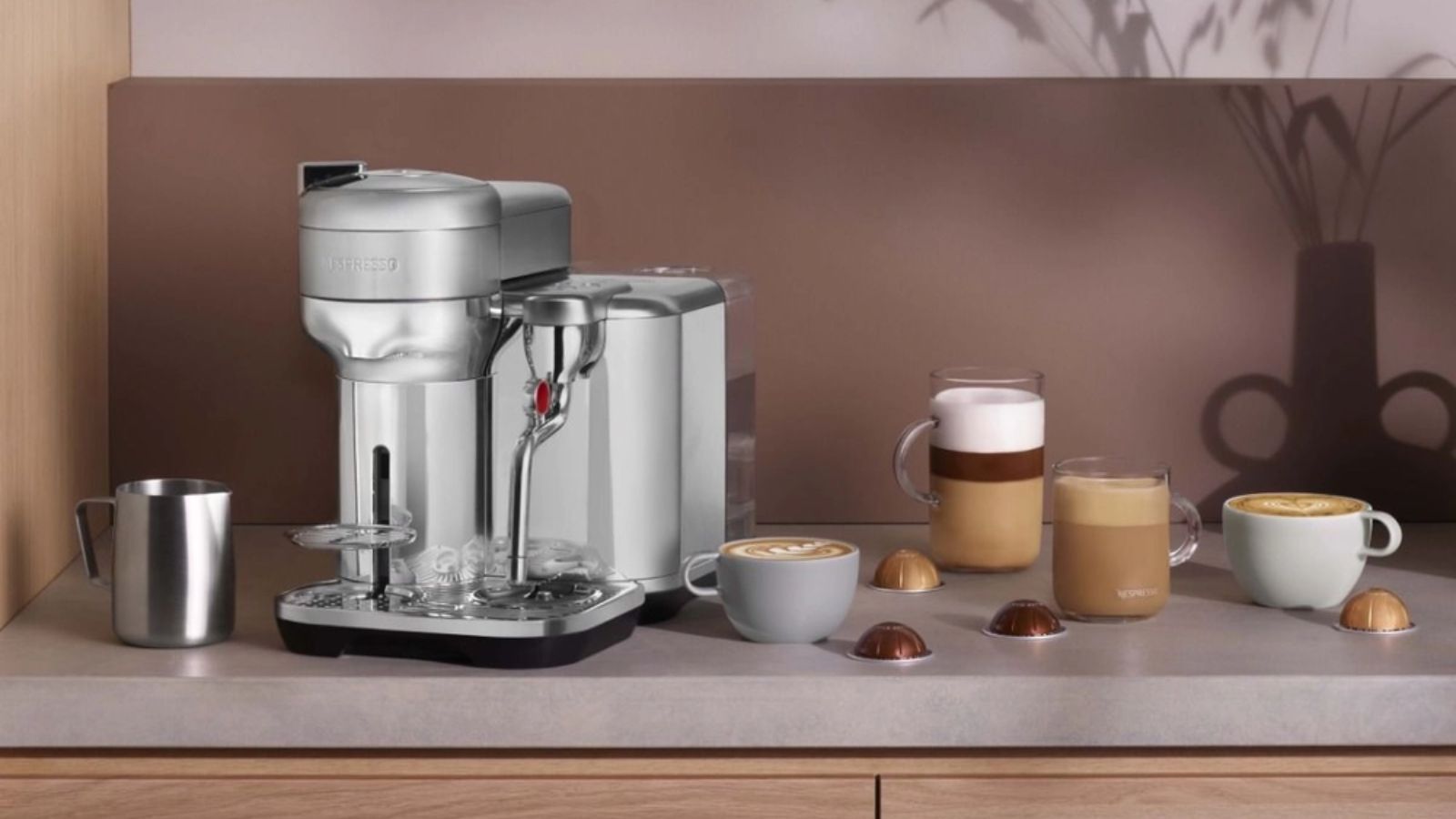 Nespresso vs espresso – tested for taste, cost, and technical differences
Nespresso vs espresso – tested for taste, cost, and technical differencesA barista offers some perspective on the Nespresso vs espresso debate. She's tested them for taste, and accounted for cost differences too
By Laura Honey Published
-
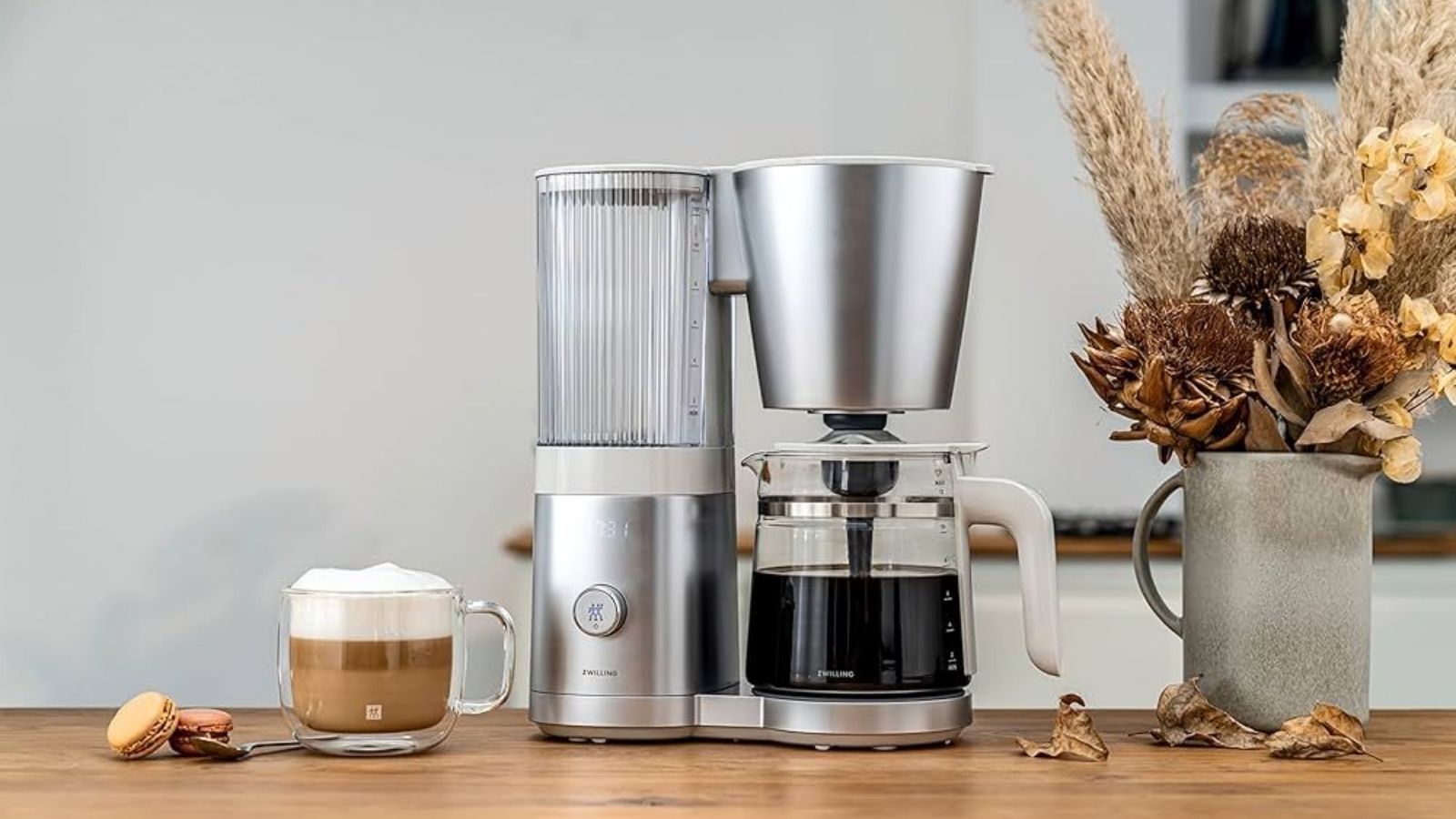 I just tested the best small drip coffee maker – and it's surprisingly stylish too
I just tested the best small drip coffee maker – and it's surprisingly stylish tooI've tested a range of filter coffee options and it turns out that the best small drip coffee maker is beautiful, sleek, and smart too
By Laura Honey Published
-
 The best iced coffee makers – save hundreds by switching your favorite coffee shop drink to a delicious homemade one
The best iced coffee makers – save hundreds by switching your favorite coffee shop drink to a delicious homemade oneForget takeout iced coffee, these machines will keep you cool and caffeinated all day long
By Lydia Hayman Last updated
-
 Best nut milk makers: tested by an expert vegan
Best nut milk makers: tested by an expert veganThese are the best nut milk makers for almond, oat, coconut milk and more. Our expert vegan barista tested them to see which is best
By Laura Honey Published
-
 The best moka pots for easy Italian-style coffee straight from your stovetop
The best moka pots for easy Italian-style coffee straight from your stovetopOur tried-and-tested moka pots for brewing delicious coffee at home – the stylish, Italian way
By Lydia Hayman Last updated
-
 The best coffee makers with grinders for the freshest, most flavorful brews
The best coffee makers with grinders for the freshest, most flavorful brewsFrom luxurious espresso machines to tiny drip coffee makers, these are the best coffee makers with integrated grinders
By Lydia Hayman Last updated
-
 Best Nespresso machines – for every kind of coffee drinker
Best Nespresso machines – for every kind of coffee drinkerHow do you know whether you want the Lattissima or the Creatista, the Vertuo or the Original, and the Essenza or the Pop? We have the answers
By Laura Honey Last updated
-
 Best chest freezers: spacious, dependable, and practical
Best chest freezers: spacious, dependable, and practicalI've researched the best chest freezers on the market. From garage-friendly to enormous capacity, these are my top picks.
By Lydia Hayman Last updated